Tag Archive for: Monochrome
Lachland
Growing up with a father as a mariner, the sea has always been a big part of my life. Very early on I knew it would be an aspect of my career and I’ve now been working in the off shore industry for 10 years. This has a significant effect on my relationships with my family, friends and partner.
I have decorated my body with reminders of things that are important in my life, inclusive of shared tattoos with my siblings and friends, memoirs of pets and references to the journeys my job has taken me on. The swallows are significant in representing the distance I have traveled at sea and encouraging the safe return home, mirroring the swallows constant return to their home land.
The sacrifice of working away is not for everyone and the toll it can have on the body both mentally and physically is not for the faint hearted.
Yawning Camel
15TH ANNUAL BLACK AND WHITE SPIDER AWARDS HONORS PHOTOGRAPHER ILAN WITTENBERG FROM NEW ZEALAND
LOS ANGELES, November 11, 2020 – Professional photographer Ilan Wittenberg of New Zealand was presented with the 15th Annual Black and White Spider Awards Nominee title at a prestigious Nomination & Winners PhotoShow.
The live online gala was attended by industry leaders and the photography community from around the globe who logged on to watch the climax of the world’s premier event for black and white photography. 15th Annual Jury members included captains of the industry from Musee de l’Elysee, Lausanne; Sotheby’s, London; Travel/Discovery Channel, New York; Kunsthaus Zurich, Switzerland; Portuguese Center of Photography, Porto; Aeroplastics Contemporary, Brussels; The Guardian, London; Contrasto Galleria, Milan; ADK Creative One Inc., Tokyo; Hiroshima MOCA, Japan; MACBA, Barcelona; and Pereira O’Dell in New York who honored Spider Fellows with 610 coveted title awards and 919 nominees in 32 categories.
“Simply Stunning.” Justine Gruser, Specialist at Sotheby’s commented. Bernardino Castro, Director at Portuguese Center of Photography (CPF), Porto said “The amazing quality of the images in the competition made it very difficult to select the winners. I would like to reinforce the relevance and impact of Black & White Spider Awards as a mobilizing agent in promoting the production and dissemination of excellent photography at an international level.” Christopher Doyle, Creative Director at Travel Channel/Discovery, New York added, “Always look forward to the way in which these photographers see the world in a unique and curious way.”
“It’s an incredible achievement to be selected among the best from the 6,378 entries from 69 countries we received this year” said Basil O’Brien, the awards Creative Director. “Ilan’s Yawning Camel,” an exceptional image, represents black and white photography at its finest, and we’re pleased to present him with the title of Nominee.”
BLACK AND WHITE SPIDER AWARDS is the leading international award honoring excellence in black and white photography. This celebrated event shines a spotlight on the best professional and amateur photographers worldwide and honors the finest images with the highest achievements in black and white photography.
No one knows how the Pyramids were built. It is one of the biggest mysteries ever. The Great Pyramid of Giza weighs 6 million tons. Its footprint is that it covers 13 acres. Its length along each side is 750 feet, and 481 feet tall. Half a million blocks were used in its construction. There are 144,000 casing stones, all highly polished and flat to an accuracy of 1/100th of an inch, about 100 inches (or 8 feet) thick and weighing about 15 tons each with nearly perfect right angles for all six sides. More importantly than its size, is its mathematical precision and its earth-grid coordinates locking it in to cardinal True North, so precise within 3/60th of a single degree! The pyramid incorporates the astrological dimensions of the planet.
Real Men
Published in Talking Pictures
Interview by Alasdair Foster
November 7 2020
Men act, and women appear.
John Berger
Introduction
In the traditional cultural stereotype, men are judged by their agency (what they can do to you or for you) and women by their appearance. Women are to be looked at; men do the looking. There are many more images of the female body in the history of Western art than there are male. And, where the male body does appear, it is strictly contextualised in one of three symbolic roles: hero, fool or martyr. The hero transcends the reality of the male body to become a symbol of dynamic triumph. The fool is mocked for his nakedness, removing him from serious consideration as a representative of his gender. The martyr – an especial favourite of the Christian religion – is naked and broken, but his defeat is temporary as the narrative promises he will later ascend to heaven to be eternally revered as a saint.
Real men are not like this. They are flesh and blood, diverse, and susceptible to the inevitabilities of illness and aging. Yet, as men, the way we feel about our bodies is often an uncomfortable contradiction between lived reality and the symbolic perfection reflected to us in advertising and in art.
The photographs of the New Zealand artist Ilan Wittenberg are very different from these impossibly idealised and ideologically loaded images of masculinity. His extensive catalogue of men living in and around Auckland captures each in all the complexity of frailty and forbearance, uniqueness and imperfection, anxiety and the courage to overcome it. In English, when we speak of ‘real men’ we often mean the opposite; we mean individuals who appear to live up to the impossible aspirations of masculinity. But Ilan Wittenberg’s photographs truly do present real men; the unadorned reality of male faces and bodies in all their great variety. As the title of the series declares, this is literally and figuratively the ‘Bare Truth’.
Alasdair Foster
© Ilan Wittenberg from the series ‘Bare Truth’
Interview
This series of articles is looking at the work of photo-artists who have a different ‘way of seeing’. How would you describe your ‘way of seeing’?
It’s been said that photography is the easiest artistic medium in which to be competent, but the hardest medium in which to have a truly personal vision. It’s very much like talking: everyone can talk but few have something original to say. I have developed a clear style that allows me to tell a story in an imaginative and thought-provoking way. My aim is to create work with a strong ‘stylistic signature’ and a clear narrative sense. I wish to inspire people with images that are crisp and sharp; to evoke emotions and to demonstrate a personal creative vision.
Photography is a way of communicating without words. Unlike videography – which has duration, delivering a story through sound and motion – photography is still and present. It does not consume time, and consequently offers the viewer the possibility of interpreting an image differently each time it is viewed. As the famous American photographer Ansel Adams once said: “There are always two people in every picture: the photographer and the viewer.” In my work, there is a third, the subject, who is observed by each of the other two.
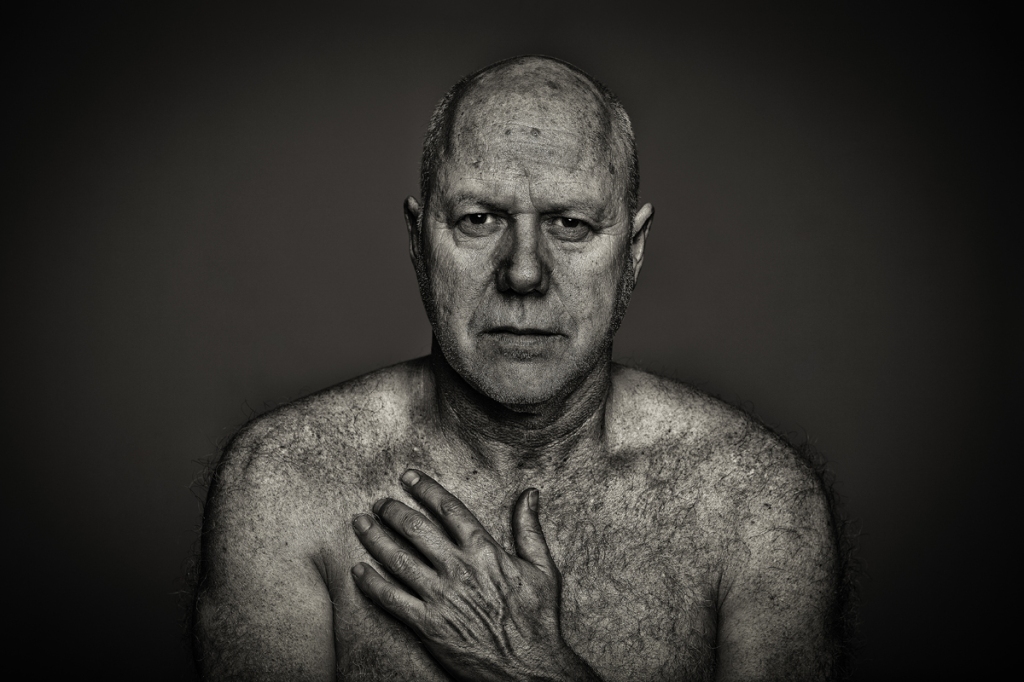
How did this series ‘Bare Truth’ begin?
I had been thinking about the idea of photographing men without the protection of their clothes, but I was unsure how to go about achieving it. I had mentioned it a number of times to one of my close friends, but he would always laugh at the idea. Then, one day, he was very busy packing to move permanently overseas. I offered to dispose of his rubbish after he left if he would give me thirty minutes in front of my camera. Somewhat reluctantly, he agreed to take off his shirt. As I was photographing, he raised his hand across his chest and looked straight into the camera. I could see the sadness in his eyes, his stress. Set against the simple background, his personality shone through. It was for me a moment of profound insight.
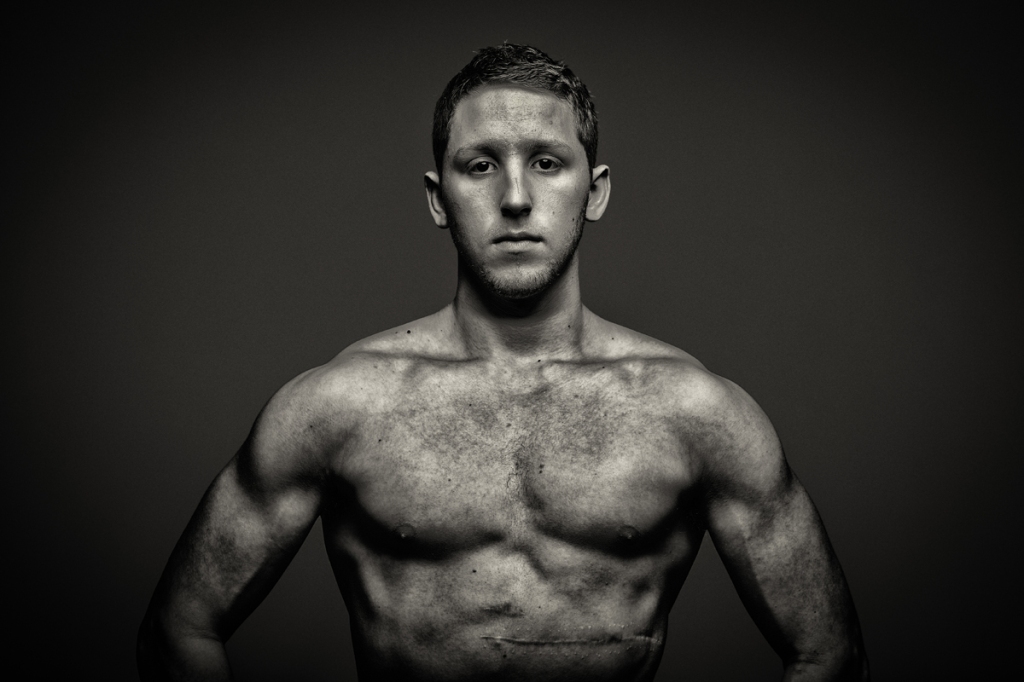
How did the project develop from there?
I asked my son to pose for me. He was just recovering from an operation, so the scar was showing fresh on his torso.
After that, I approached some of my close friends and tradesmen who were working on jobs around the house. Later, I invited men that I met at the local Sunday market. I began to realise that this had the potential to become a significant body of work; one that would become stronger the bigger and more diverse it became. I realised the power of these portraits and the potential they had to form a much larger series. The biggest challenge was finding men willing to pose shirtless in front of the camera.
How did you go about that?
The initial portraits helped me gain valuable experience and formalise a consistent and distinctive visual style. I became more confident in making an approach. I uploaded those initial images onto my cell phone so that I could easily show them to prospective subjects, many of whom were total strangers. This helped to engage them and overcome any initial concerns. Even so, it is a time-consuming process. Out of every ten men that I approach, five say “no”, four say “maybe” and only one actually shows up.

How did you seek out or select men to pose for you?
Initially I would photograph anyone who would agree to pose. Now, I am more selective, looking for people with an interesting story, men with a personality who will add diversity to the collection. Most of the men are from the local neighbourhood, people I meet at the street or in shops. They live locally so it is easy enough to find a suitable time, but a few do travel from further afield. On rare occasions I receive a request from someone asking to be included in the series, usually via social media. In those cases, I never refuse. Only about ten per cent of the men in these photographs are people I knew before they posed for me.
How many images are in the series now?
I began the project in mid-2015 and there are currently 160 portraits in the series. I try to add one new photograph to the series every week. There is value in extending the scale and variety of this unique collection: every man is different, and the strength of the portfolio lies in that diversity.
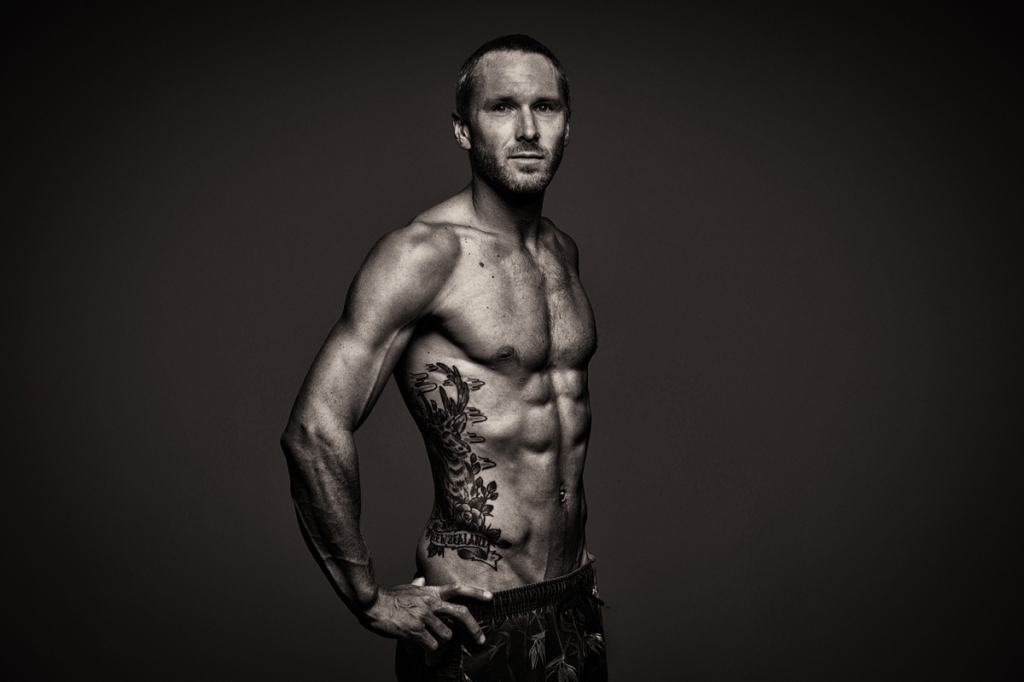

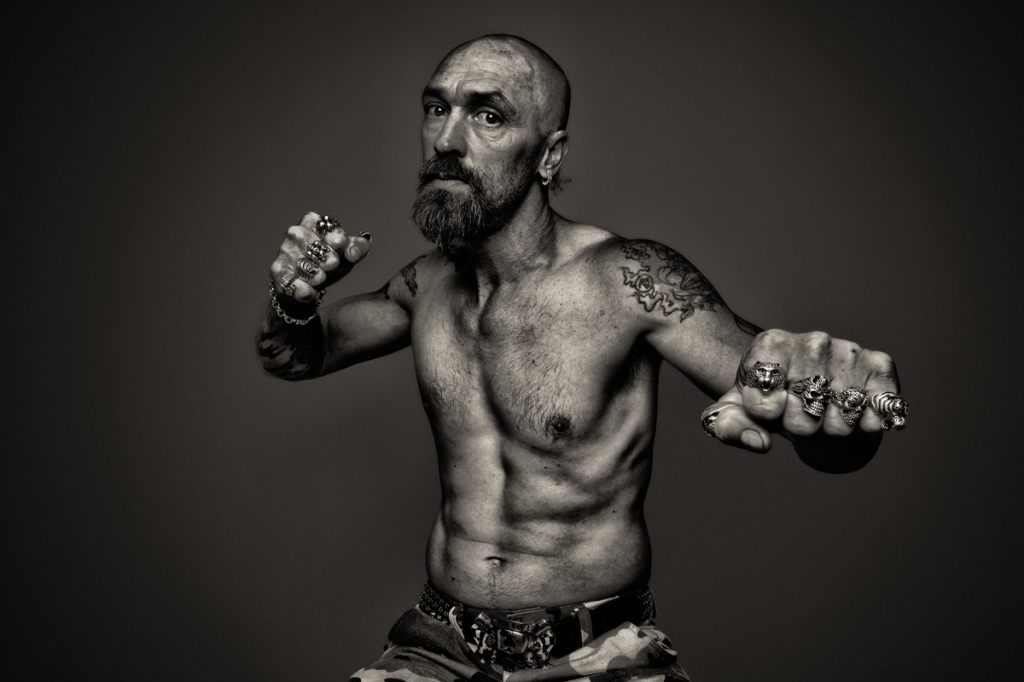
There are quite a lot of men with tattoos. Are tattoos common in New Zealand?
I think that people who wear tattoos tend to be more extrovert than the average person and more inclined to show off their body art. A tattoo is a powerful personal statement about one’s life, traditional heritage and personal style.
Why did you call this series ‘Bare Truth’? What truth are you seeking to address or reveal?
When I looked at that first photo of my friend before he went overseas, I was moved and inspired. I realised that we attach a deep meaning to a person’s facial expression. It takes us a fraction of a second to judge someone. It’s fascinating to think how quickly and subconsciously we form that opinion based solely on physical appearance: this person looks confident, that person looks depressed, or dangerous; calm, happy, sad… Photographed without the shield of clothes, without those things that signify social standing or personal taste, these images provide an unexpected and enlightening opportunity to see the real people behind the façade. We are all flesh and blood; and we are here on this planet for a short period of time. This project simply reminds us of how fragile we are.
The title ‘Bare Truth’ implies that our face reveals the truth, we cannot hide it. It is also a play on words as the men are naked from the waist up. I think that a meaningful title helps people identify with its purpose. And for some of the more modest or shy subjects, it gave them the courage to expose themselves in front of the camera.

These images have a strong aesthetic signature. How did you achieve that sharpness of detail and clarity of texture?
I use a single source of illumination employing a ‘beauty dish’, which wraps the light around their body in a very distinctive way. [A beauty dish is a photographic lighting device that uses a parabolic reflector to distribute light towards a focal point, which adds a more dramatic contrast to the subject. The light created is gentler than that of a direct flash but more directional than with a softbox.] I bring the light as close as possible to the subject’s face. This creates a directional illumination with deep shadows under the eyes, nose and neck, emphasising every crease in their torso.
My aim is for the images to have the reassuring directness of a classic, in-camera capture. I want to emphasise the truth of the image in an era when people are losing faith in the honesty of the medium. I simply process the digital photographs to enhance their skin texture. This is done using Photoshop with the Silver Efex Pro plugin by Nik. That heightening of contrast helps to create a sense of drama, lending to the series a unifying style that emulates analogue lithographic techniques.
It is very important to me that there is a catchlight in their eyes, so I carefully set the beauty dish according to their height and enhance the highlight manually if required.
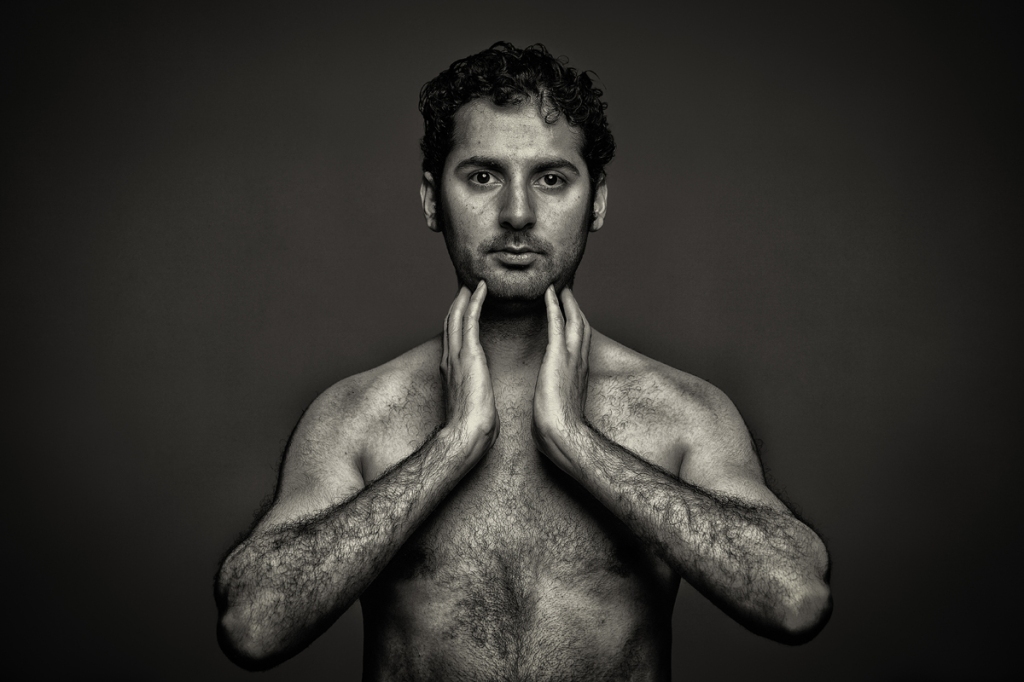
Although these are images of the whole upper body and head, you have talked about the importance of the eyes.
As the proverb says: eyes are windows to the soul. The look in someone’s eyes is very meaningful and we immediately interpret it, often subconsciously and always subjectively. Much of our interpersonal communication is not verbal. When we shake someone’s hand we look them in the eye and, subconsciously, judge if we can trust them. The strength of this series lies with the directness of each man’s gaze. It affirms integrity and honesty – hence the title: ‘Bare Truth’.
We tend not to judge men by their bodies. There is a degree of vulnerability in posing without a shirt, especially if one is not young and athletic.
I admire the bravery and humility of the men who agree to participate in this project. Some are young or lean while others are fat or old. The strength of the portfolio lies in how similar the photographs are in terms of pose and lighting, while, at the same time, very different in terms of subject.
How did the men you photographed respond to seeing their photograph?
Most men appreciate the final image, but some find the dramatic way in which their skin texture is enhanced really confronting. One man who posed said he would never show his photograph to his wife as he did not want to frighten her. But then another man was so proud of his portrait that he posted it on social media! He told me that he had found the process of standing in front of the camera was liberating – a sort of catharsis. He said that he used to hate his body; being a part of ‘Bare Truth’ had helped him on his journey to accepting it.
For the most part, the men who pose really do seem to appreciate the experience. The shoot is an opportunity to spend time together and listen to their personal stories. I ask them about their scars, their tattoos, what they do for a living and so on, and in this way we become more acquainted.
You have said that one of the goals of this project is to raise awareness of the challenge men face when dealing with emotional vulnerability, and the problems of stress and depression they can feel as a result. Can you explain what you mean by this?
Many cultures portray men as strong, physically and emotionally. This stereotype sometimes leads to adverse outcomes, made worse by the way men typically fail to seek medical help for symptoms such as depression, stress and anxiety. One of the goals of this project is to raise awareness by showing men expressing complex emotions of strength and vulnerability, confidence and anxiety. Some carry on their bodies tattoos which help remind them of loved ones that passed away or scars that mark an accident or surgical operation. These are significant markers that give them strength on a daily basis. I think that we all look for a meaning in life and in our relationships one with another. Taking part in a project shared in common can make us feel part of the community.
Images can be valued on many different levels: artistically, as evidence, in terms of the questions they raise or challenges they provoke. What would you identify as the most important aspect of this work for you personally?
I think that this project helped me develop a distinctive artistic style, a personal visual language, which is very hard to do in the field of photography. In turn, it has enabled me to create a unique body of work of which I am very proud. The process of making the images in this series has made it possible for me to meet people who are completely outside my social circle; people who I would never meet under other circumstances.
I keep looking for suitable people to photograph. This means that I remain more present in the moment and in the place; observing people around me and seeking opportunities. It also helps me connect with people. In the process of approaching potential subjects for my photographs, I have been able to learn how to engage people, to read their body language and, in many cases, to face rejection.
What have you learned about yourself in the process of making these images?
If you have the confidence to try something, you may well succeed. If you do not, you will surely fail.
Ilan Wittenberg was born in Israel in 1963, emigrating to New Zealand in 2001. He has a Bachelor of Science in Industrial Engineering and a Master of Business Administration in Information Technology. Having worked in these areas for thirty years, he moved into photography in order to realise his passion for visual expression. He quickly established a reputation as a skilled and creative practitioner, winning dozens of accolades including both the portrait and the overall prizes at the 2018 Sony Alpha Awards. A Fellow of the New Zealand Institute of Professional Photography (NZIPP), his work has featured in many gallery and festival exhibitions including Head On Photo Festival in Sydney, Australia, and the Signature Program of the Auckland Festival of Photography in New Zealand.
This article was first published in Chinese, in the May 2019 issue of PhotoWorld magazine, Beijing. The theme for the year was Ways of Seeing.
2020 SONY Alpha Awards: Editorial category winner
Fantastic to get this little baby in the post for winning the Editorial category at the 2020 Sony Alpha Awards! ‘Timid’ is part of a collection of captivating portraits of the Maasai people from Tanzania. I found myself deeply inspired upon meeting the Maasai tribe and realised the opportunity to document their unique culture which is being eroded by Western influence and modern technology.
On a personal level, this reminds me of the true value of photography: preserving memories in order to relive special stories and pass them on to others. Through this series of carefully composed photographs, the Maasai people can share their rich culture with the world. The collection is presented in a film-noir monochrome, capturing these portraits in a classically timeless style; lending a unifying appearance that emulates analogue lithographic techniques. I wanted viewers to focus on the humanity aspect of each portrait: expression, body language, shape and form. I eliminated distracting colours to ensure that viewers focus on the people within the photos and make emotional connections with the Maasai. This is a documentary collection; most of the photos had little or no retouching. I waited for people to look straight into the camera so we can see highlights in their eyes.
The strength of the series is in giving viewers an opportunity to connect with the Maasai people in their natural environment. This diverse group of people serves as a timely reminder that despite our many cultural differences, we can unite as a community through the power of photography. I hope that through this portfolio viewers learn more about the Maasai culture. We are all wonderfully unique, yet at the same time, we are deeply the same.
I aim to depict the Maasai culture in an authentic and honest way, using a clear narrative style which shows the significance of their culture, as well as their individual personalities. My goal is to provoke viewers imagination regarding the traditions of the Maasai people and the stories behind their portraits. In sharing this portfolio, I encourage viewers to show tolerance: to accept all people and to recognise the value of cultural diversity. We would all experience an enhanced sense of community if we took the time to appreciate interactions which allow us to discover the world beyond our familiar boundaries.
2020 Iris Awards – Travel Category
Cairo is chaos at its most magnificent, infuriating and beautiful. From above, the distorted roar of the muezzins’ call to prayer echoes out from duelling minarets. Below, car horns bellow tuneless symphonies amid avenues of faded 19th-century grandeur, while donkey carts rattle down dusty lanes lined with colossal monuments. This city’s constant buzz is a product of its 30 million inhabitants, simultaneously stretching Cairo’s infrastructure, crushing it under their collective weight. The smog is heavy and car toots are overwhelming, but its energy is stimulating and exhilarating!
In January 2020, I was lucky to visit the ancient city and tell the story of its people. What stood out to me the most was how friendly the people were. I first shook their hands warmly and then asked in Arabic: “Can I take your photo?” I gave people my full attention and most were delighted to have their portrait taken, especially once they learnt that I came from Israel and that I live in New Zealand. I showed them the image on the back of my camera which made them feel respected. I consider it my privilege to be able to share these glimpses into their lives with the wider world.
I wanted to visit Cairo for a long time and was so glad when the opportunity came. I always admired the long and rich history of Egypt and found the experience of modern-day Cairo to be incredible in its own right. The whole city buzzes with all kinds of different people, and despite many of them being poor, they have a wonderful faith in Allah.
Faces of Cairo is a documentary collection. Most of the photos had little or no retouching. I asked people to look straight into my camera, so these are not candid photos. The strength of this series is in giving viewers a rare opportunity to connect with the common Egyptian people in their natural environment. This diverse group of people serves as a timely reminder that, despite our many cultural differences, we can unite as a community through the power of photography. The collection is a celebration of our shared values: hard work, the importance of family and caring for each other as humans. I hope that through this portfolio viewers learn more about the Egyptian people. In sharing this portfolio I encourage viewers to show empathy: to accept others and to recognise the value of cultural diversity. We would all experience an enhanced sense of community if we took the time to appreciate interactions which allow us to discover the world beyond our familiar boundaries. We are all wonderfully unique, yet, at the same time, we are deeply similar.
I present these photographs in timeless monochrome, to ensure consistency and flow of the series amidst the chaos and clutter of the busy environment. My aim is to create an authentic portfolio of diverse individuals in a foreign land, to tell their stories using a clear narrative style and enduring quality. The portraits are crisp and sharp, to allow the details to inspire your imagination and to evoke emotions. I hope that viewers will experience the atmosphere and connect with the people.
NSPS Portraiture Q&A Seminar
The North Shore Photographic Society is holding the September workshop online. Please install Zoom onto your desktop, laptop, phone or tablet by clicking on: https://zoom.us/download#room_
Please do this at least a day BEFORE the meeting so you are ready!
Register in advance for this meeting:
https://zoom.us/meeting/
After registering, you will receive a confirmation email containing information about joining the meeting.
Please note: You will require the PASSCODE to join so when you receive the email, please make note of the passcode.
When: Sep 9, 2020 07:30 PM
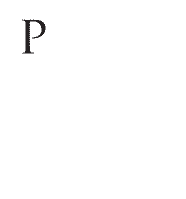


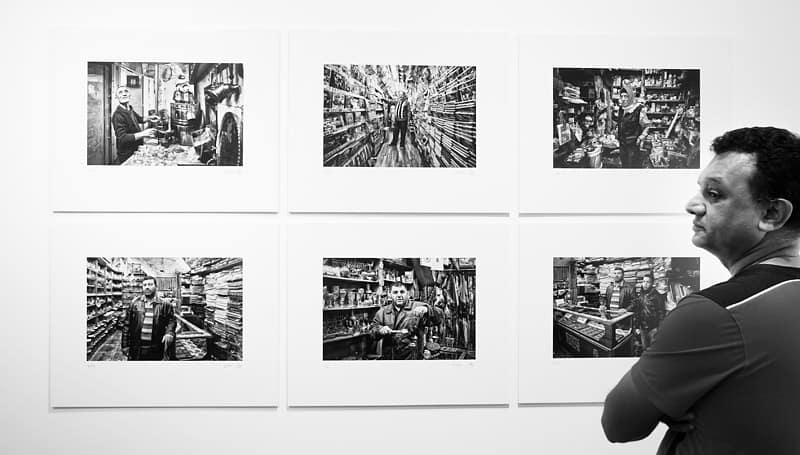

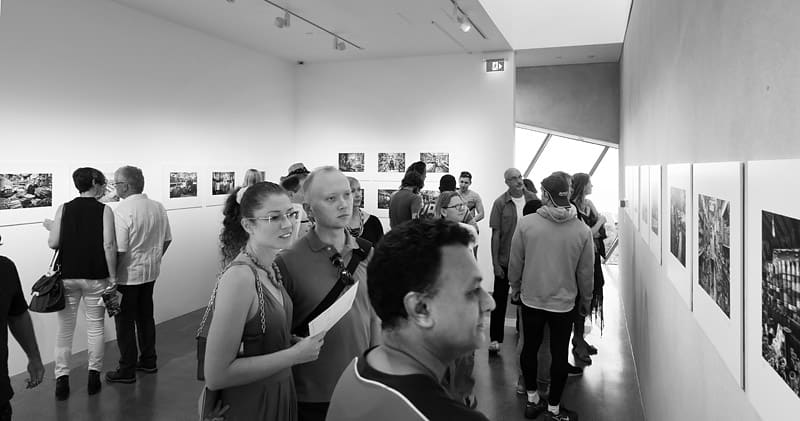
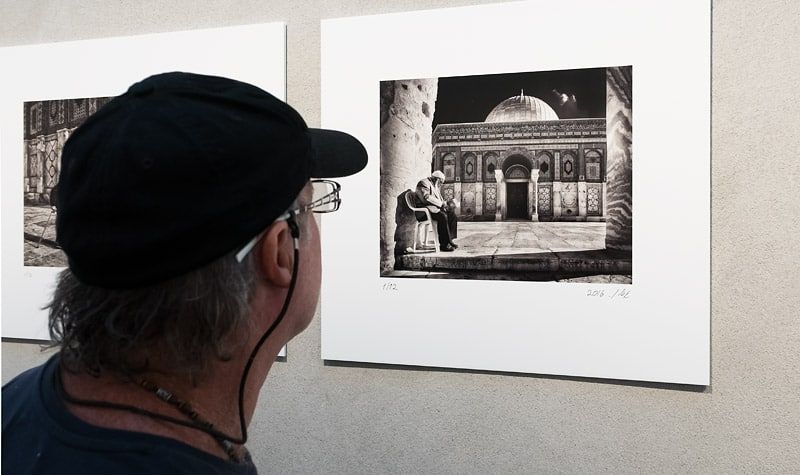
 (c) Ilan Wittenberg
(c) Ilan Wittenberg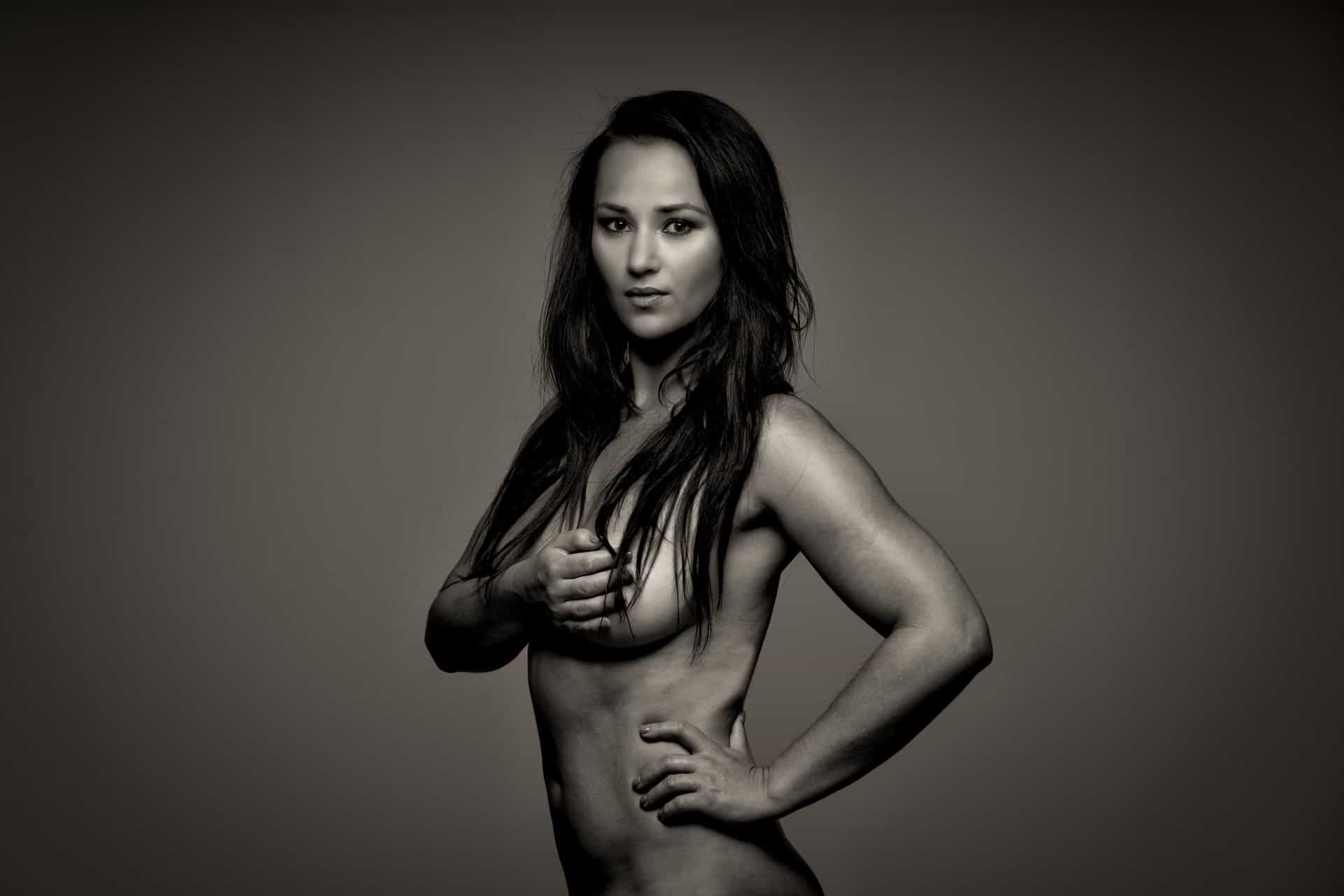
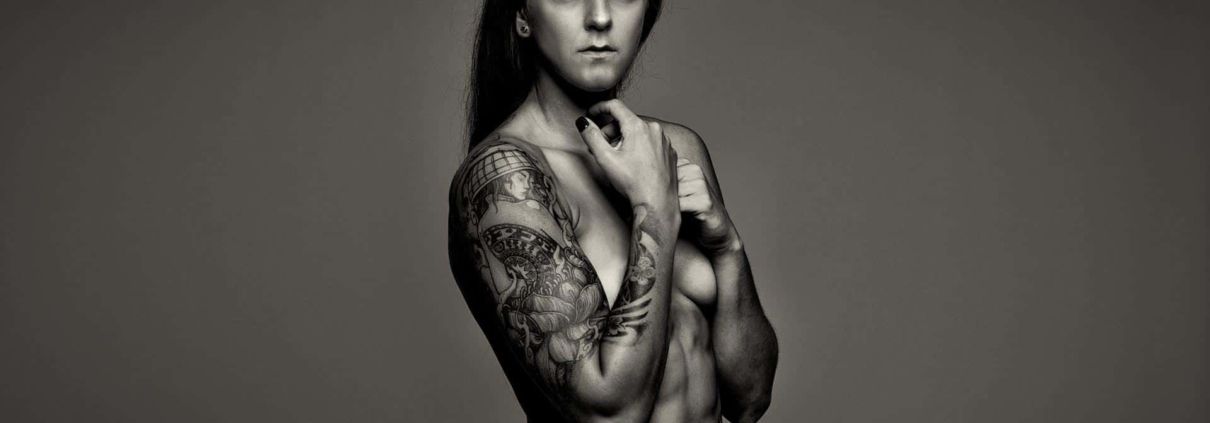 (c) Ilan Wittenberg
(c) Ilan Wittenberg
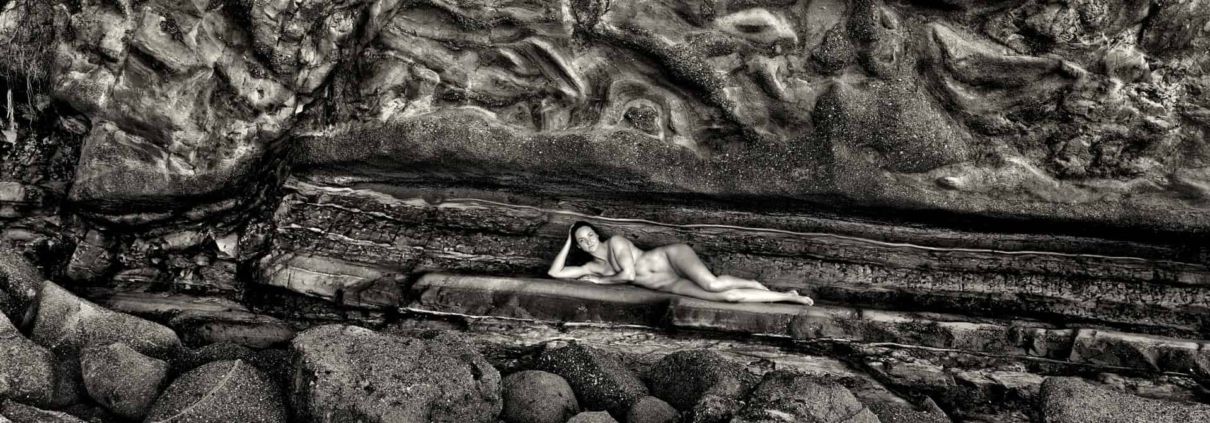 Ilan Wittenberg
Ilan Wittenberg
 (c) Ilan Wittenberg
(c) Ilan Wittenberg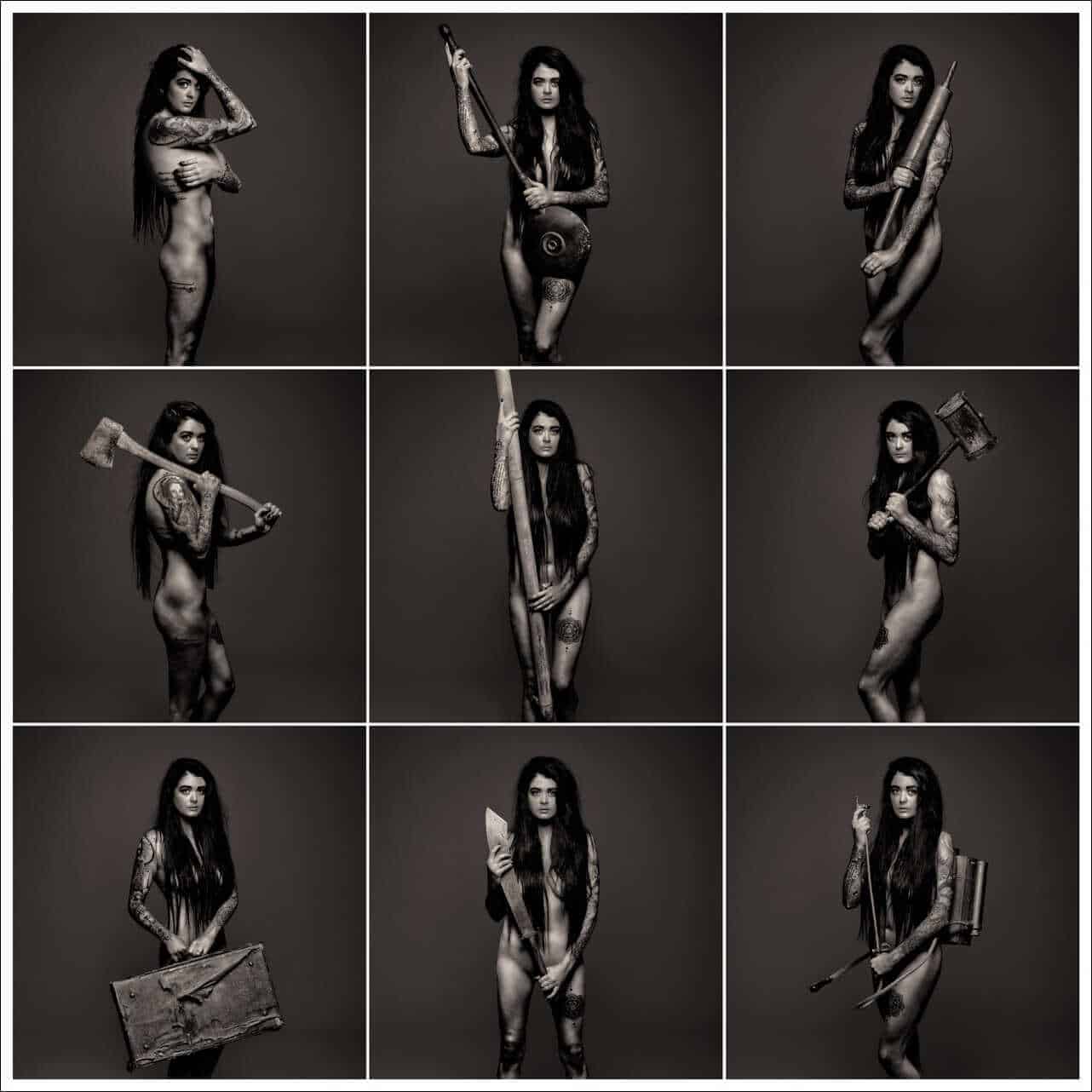
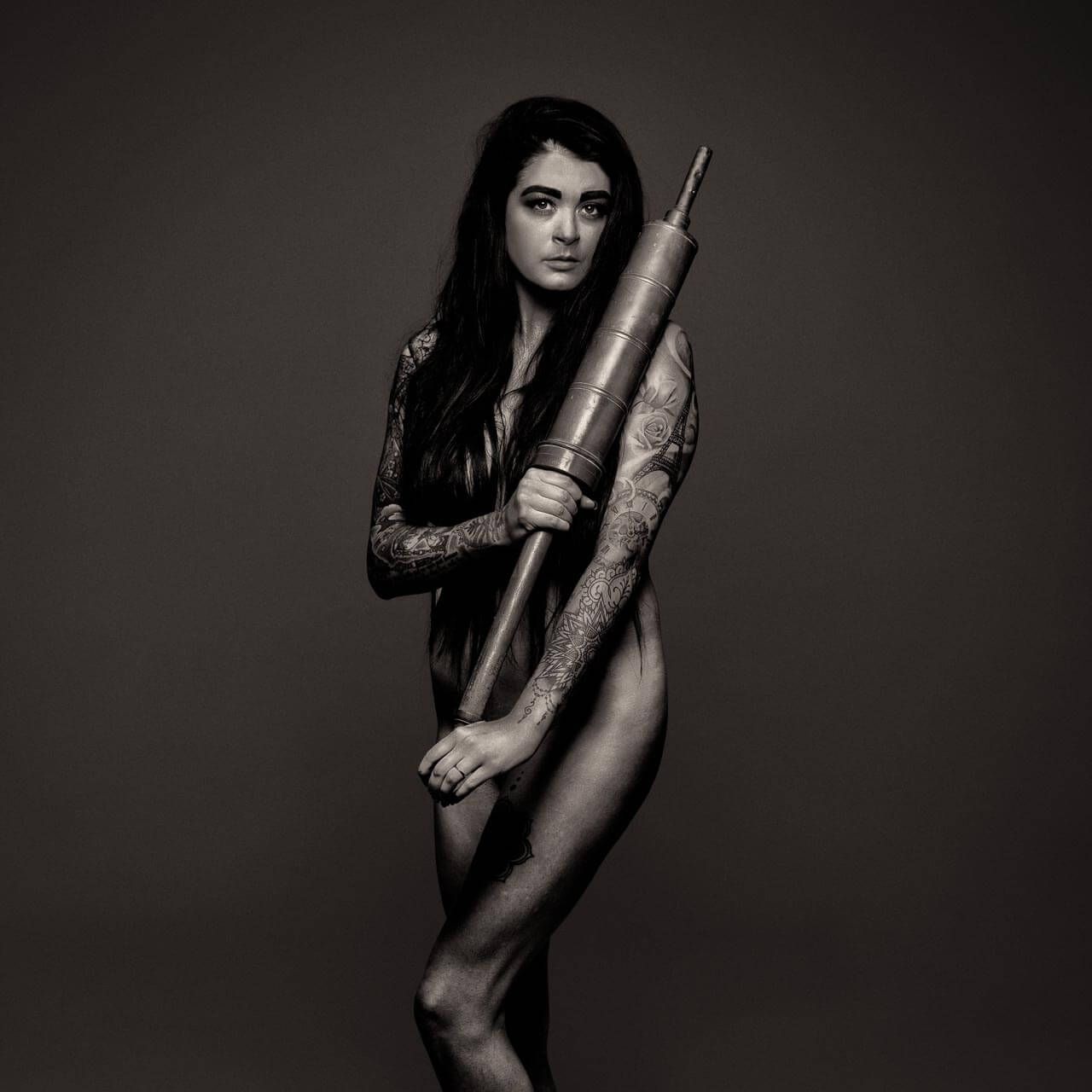

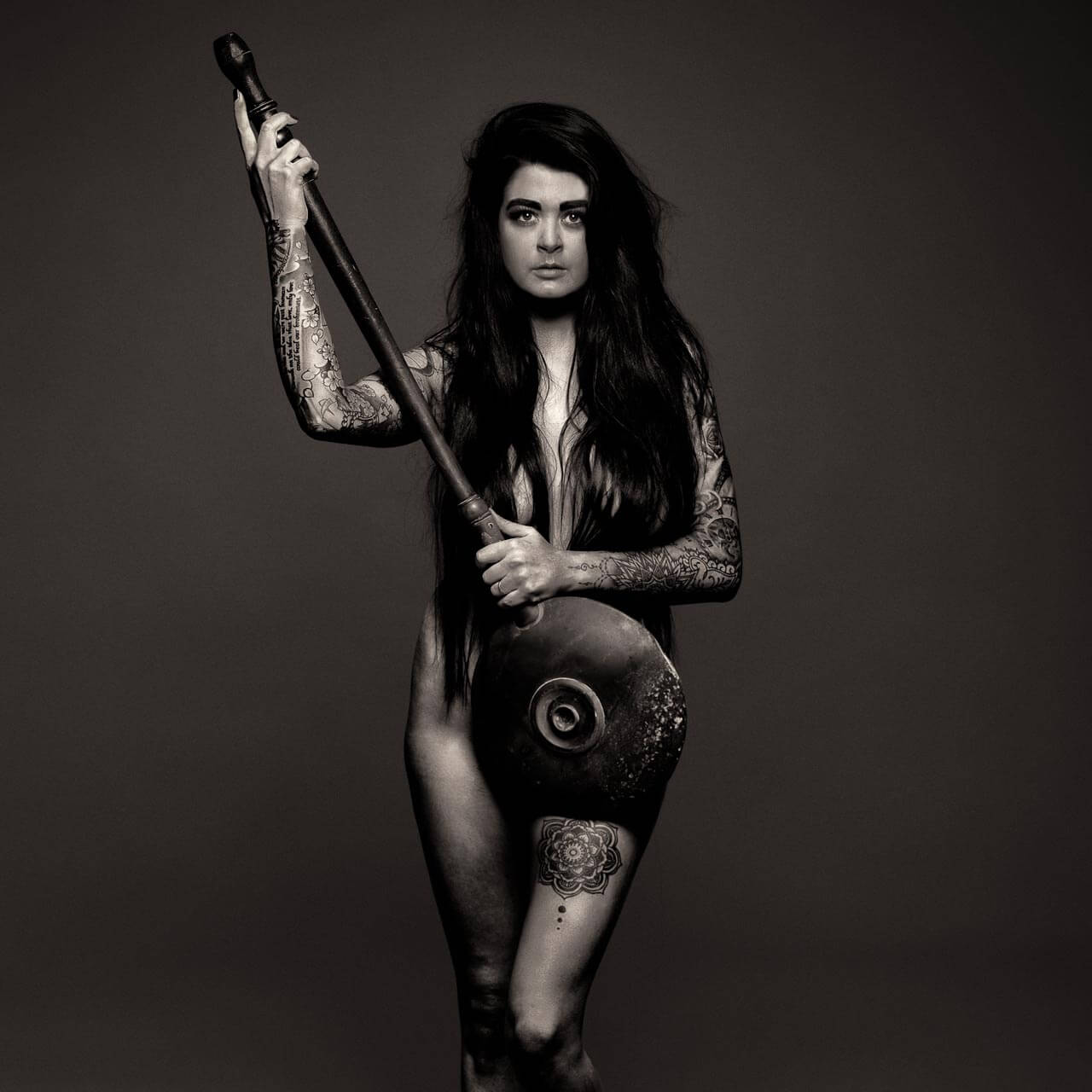

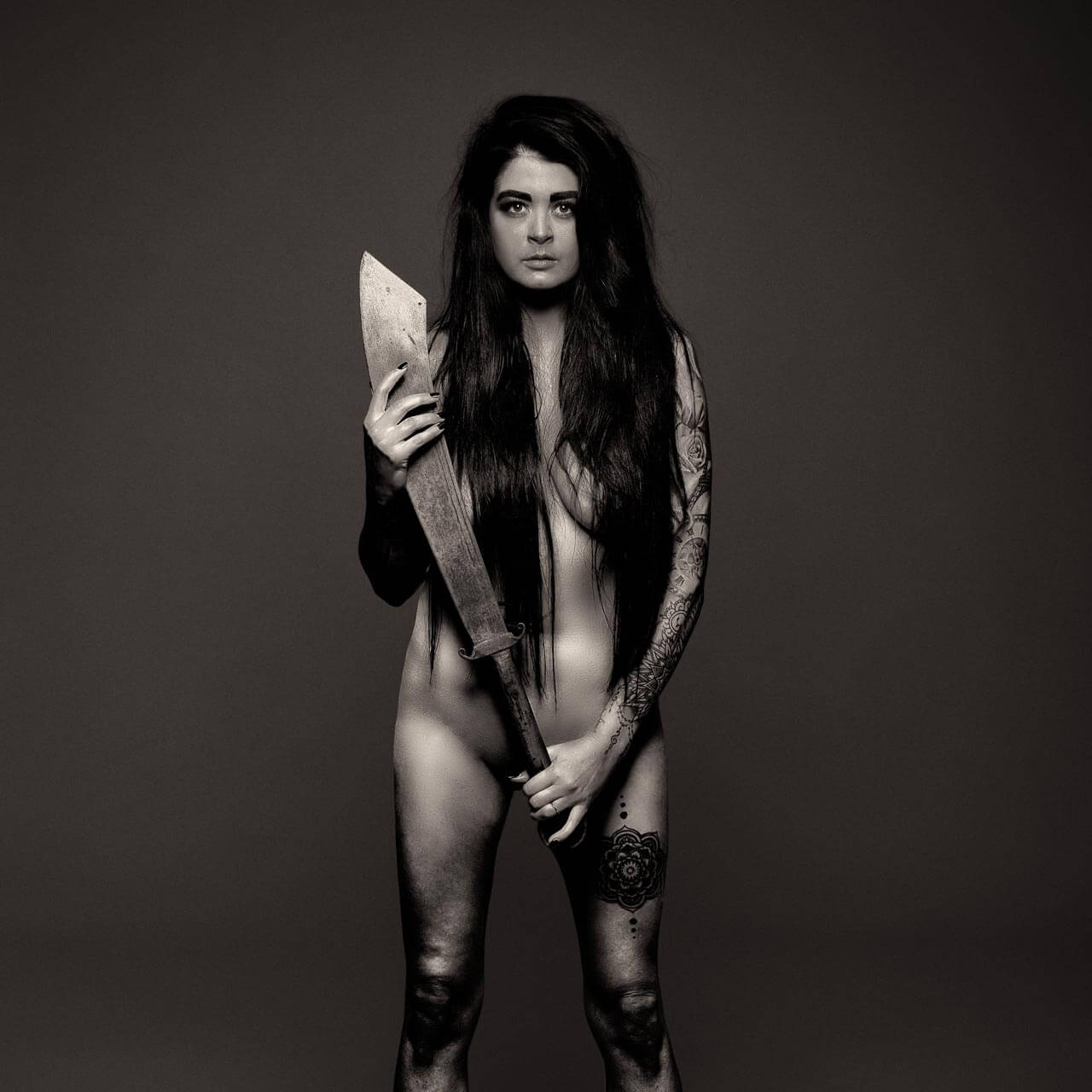
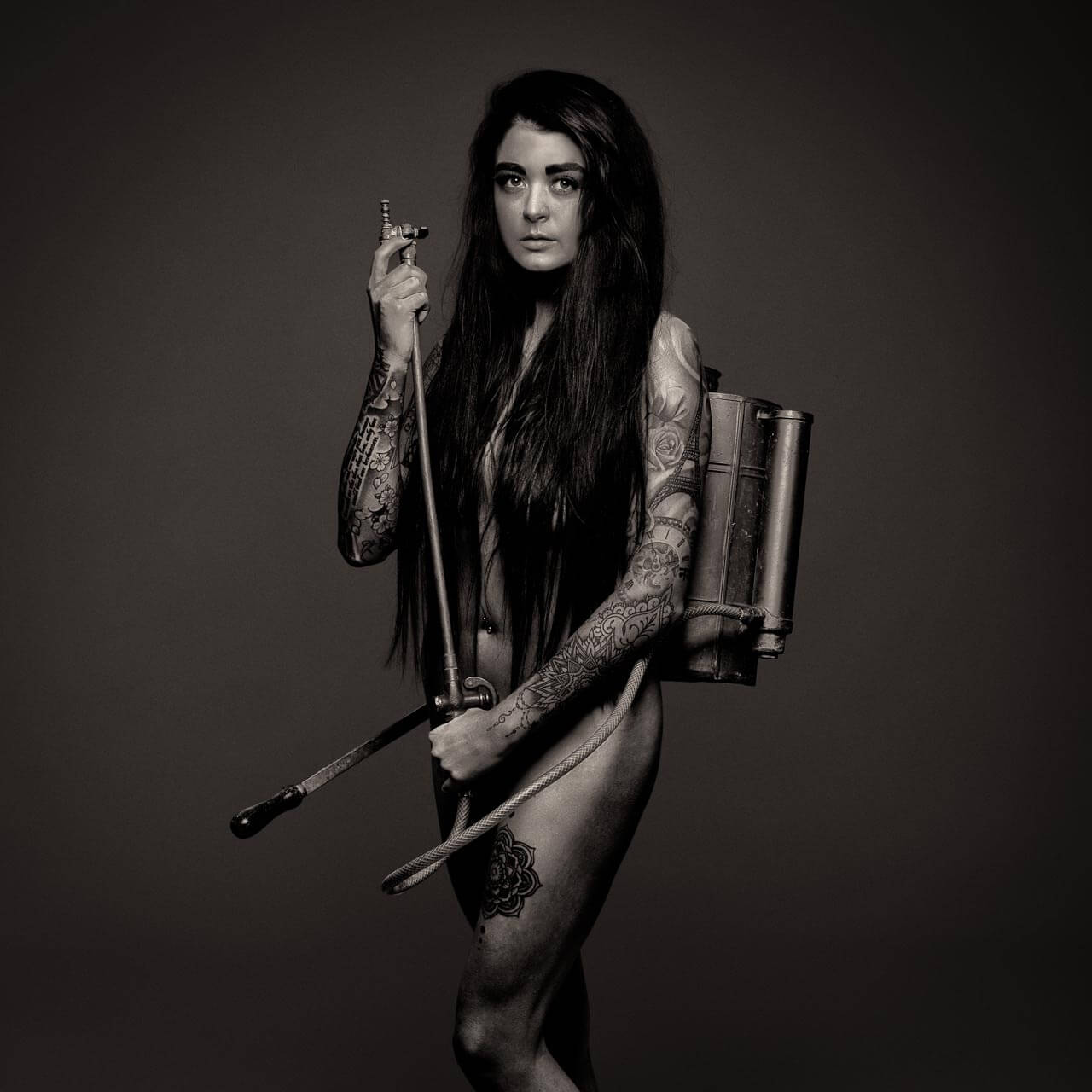
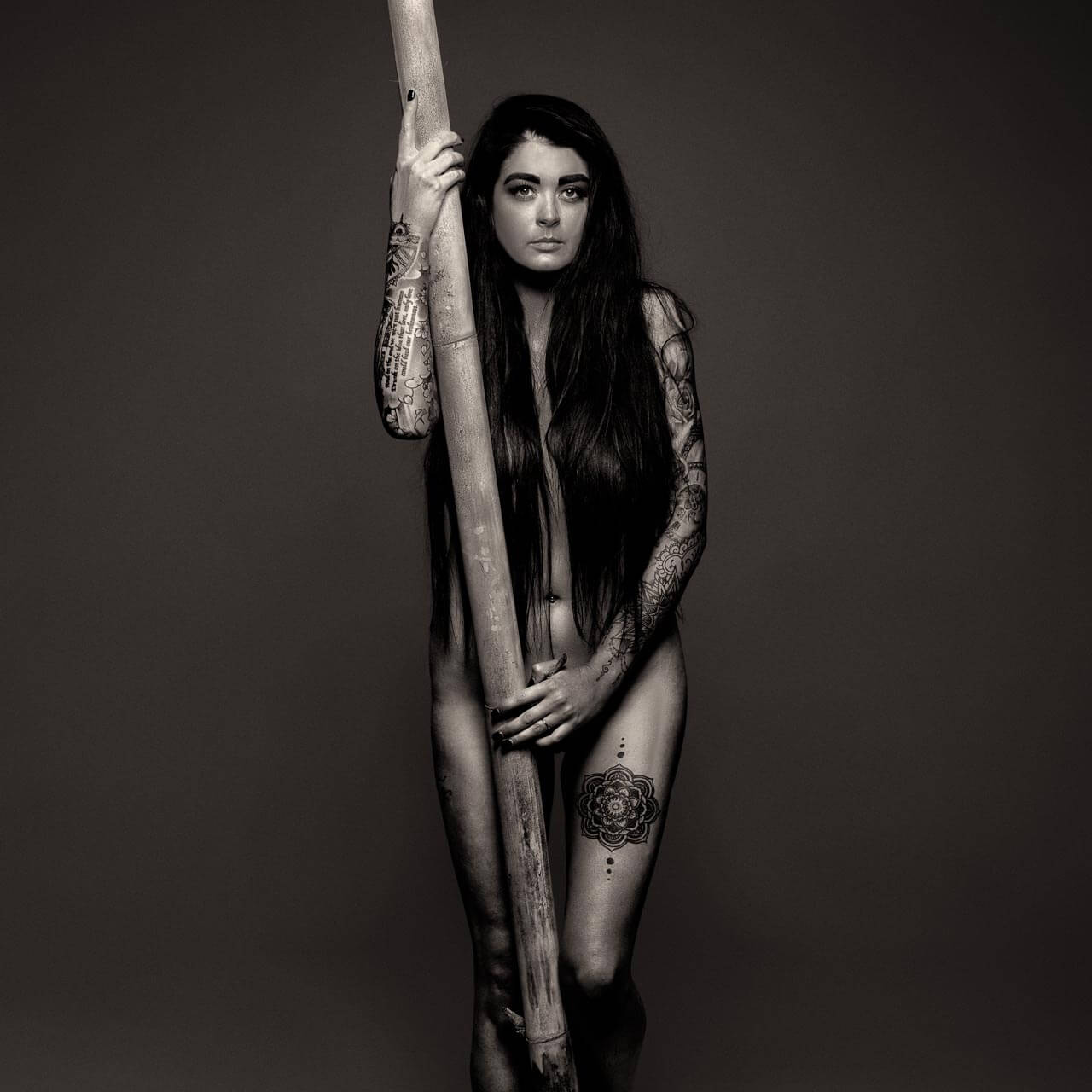
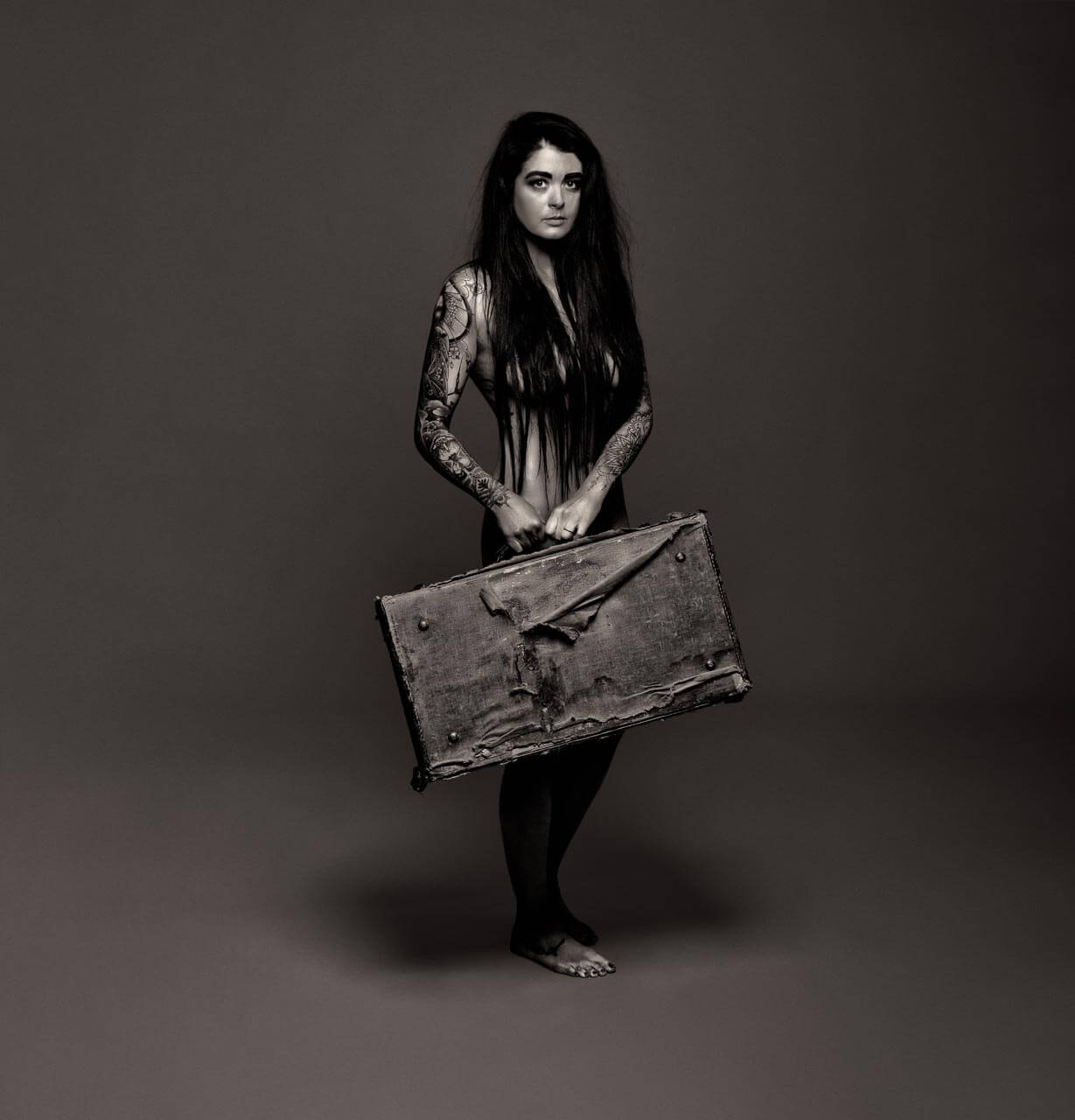

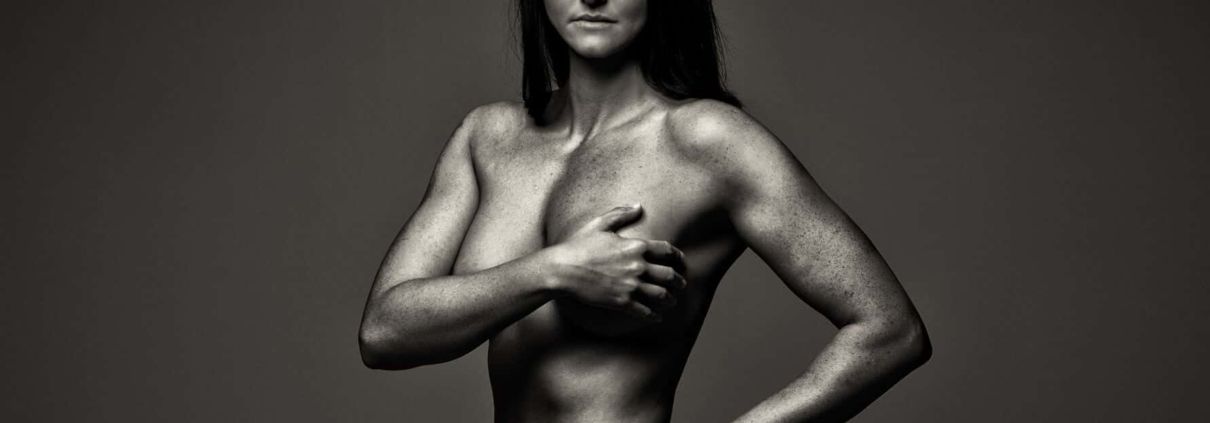 (c) Ilan Wittenberg
(c) Ilan Wittenberg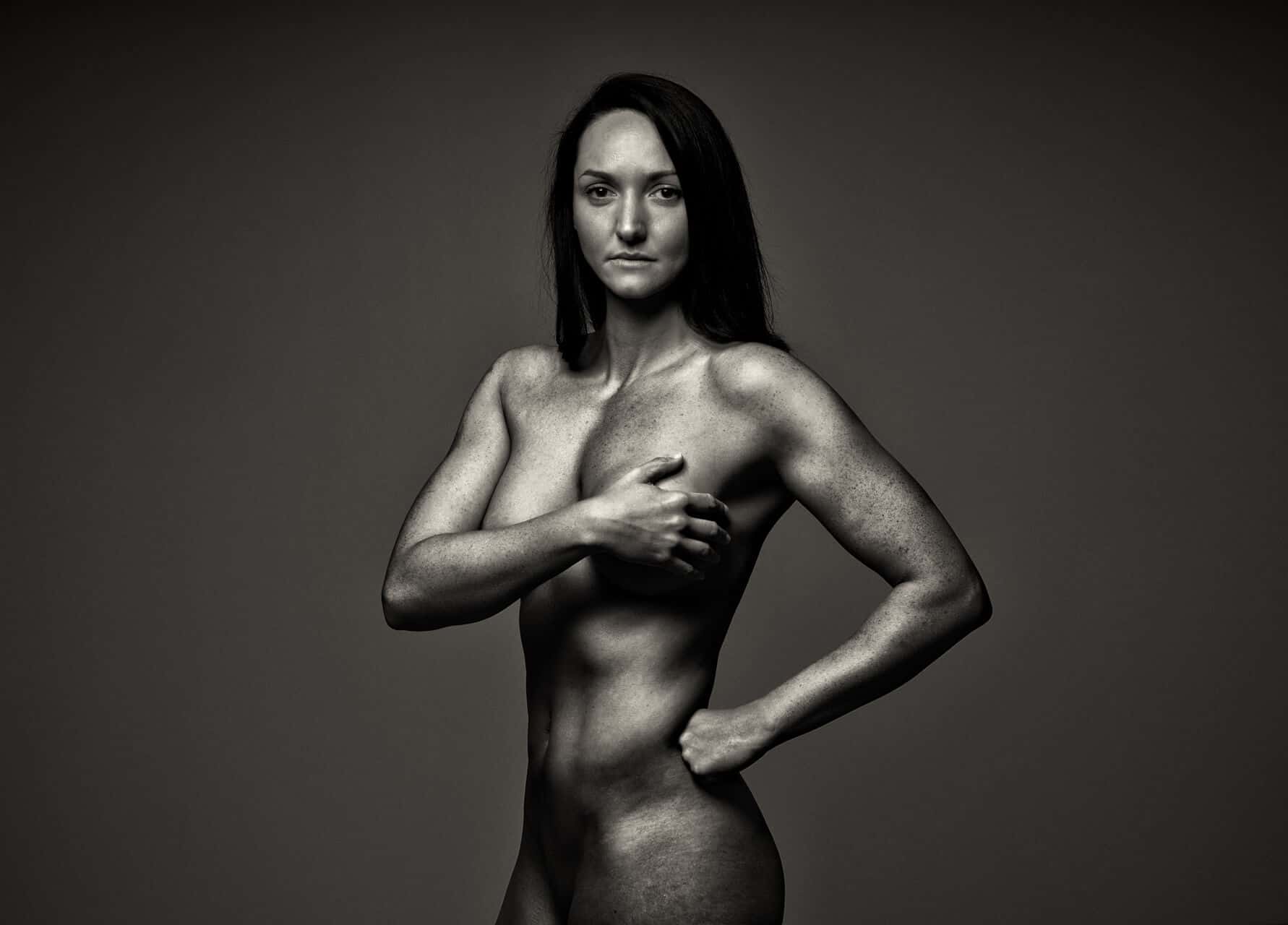
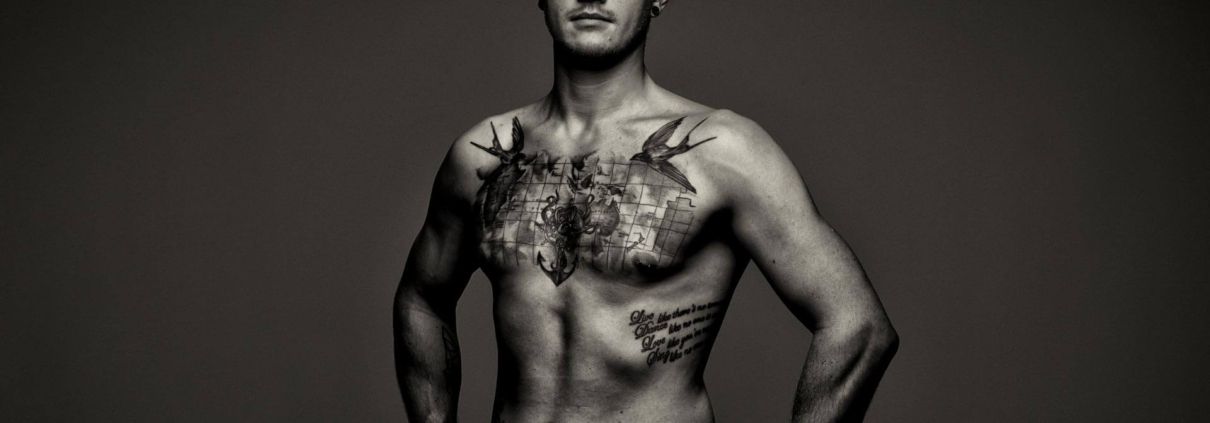 (c) Ilan Wittenberg
(c) Ilan Wittenberg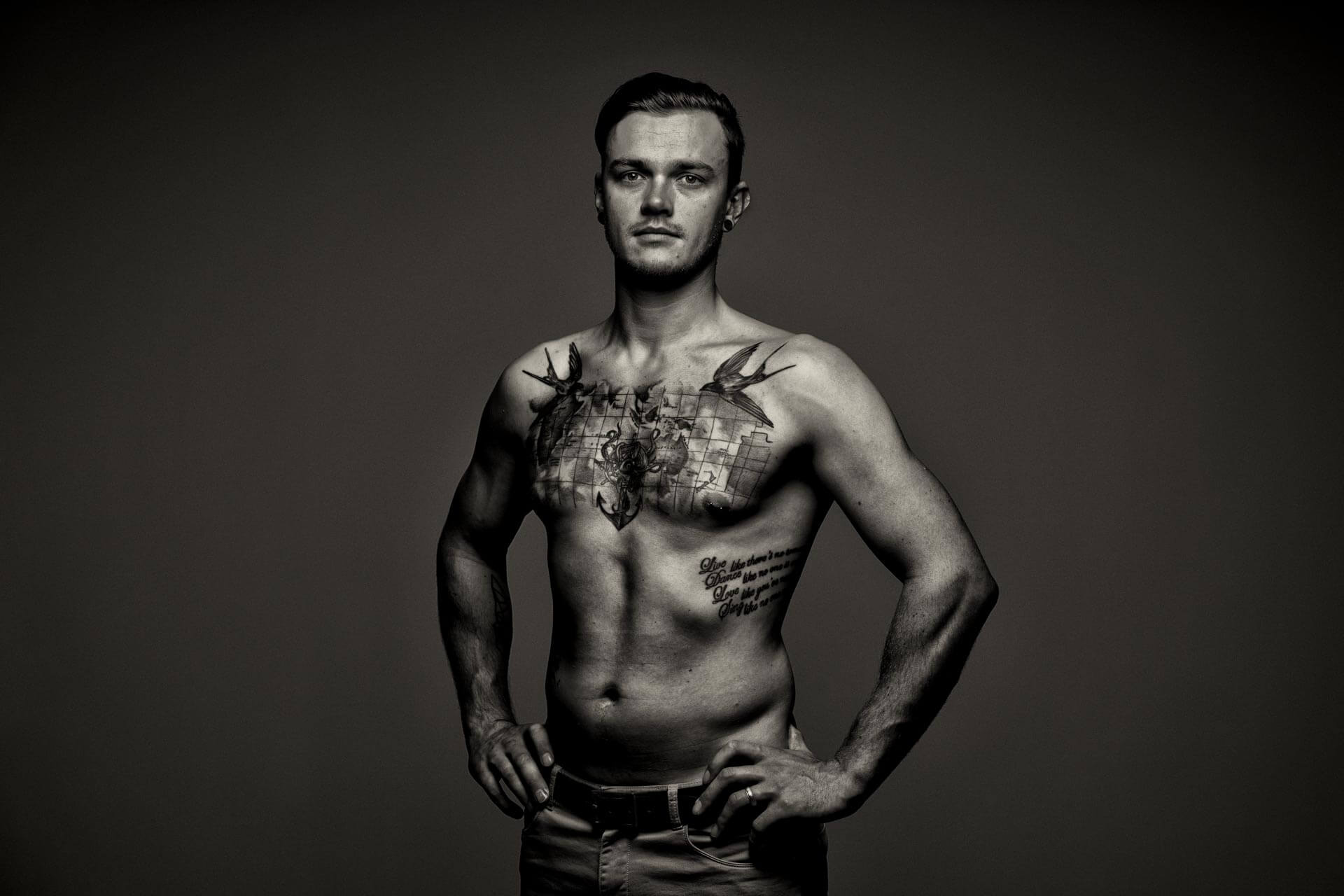
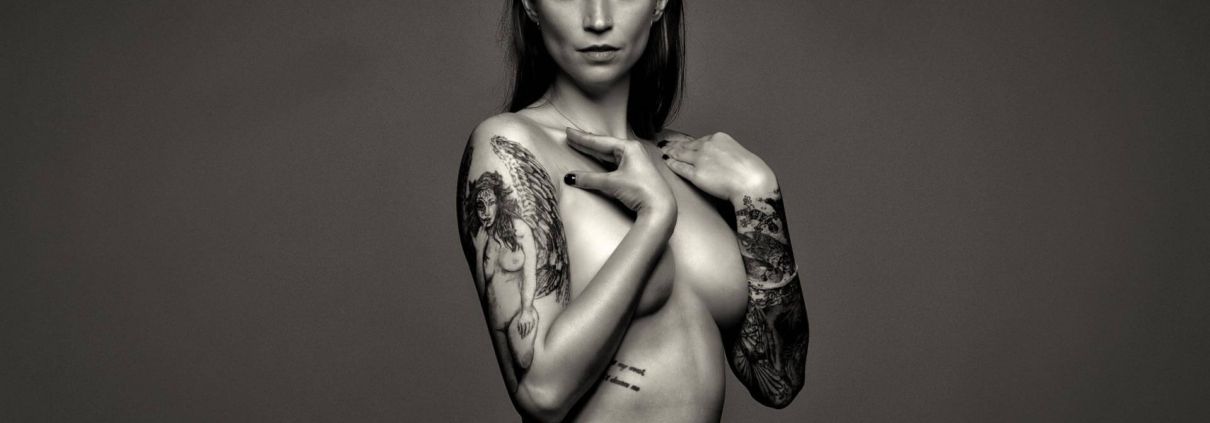 (c) Ilan Wittenberg
(c) Ilan Wittenberg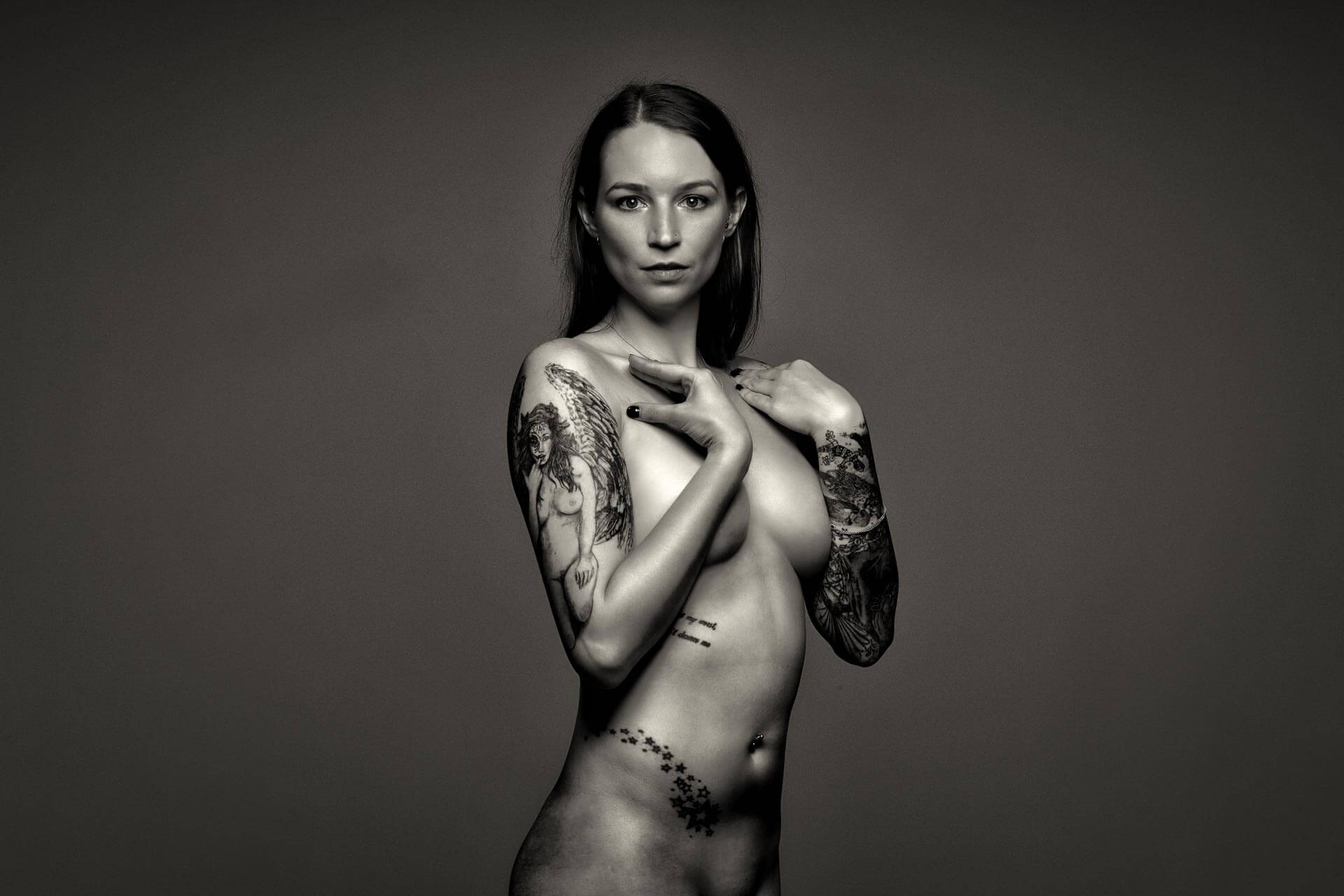
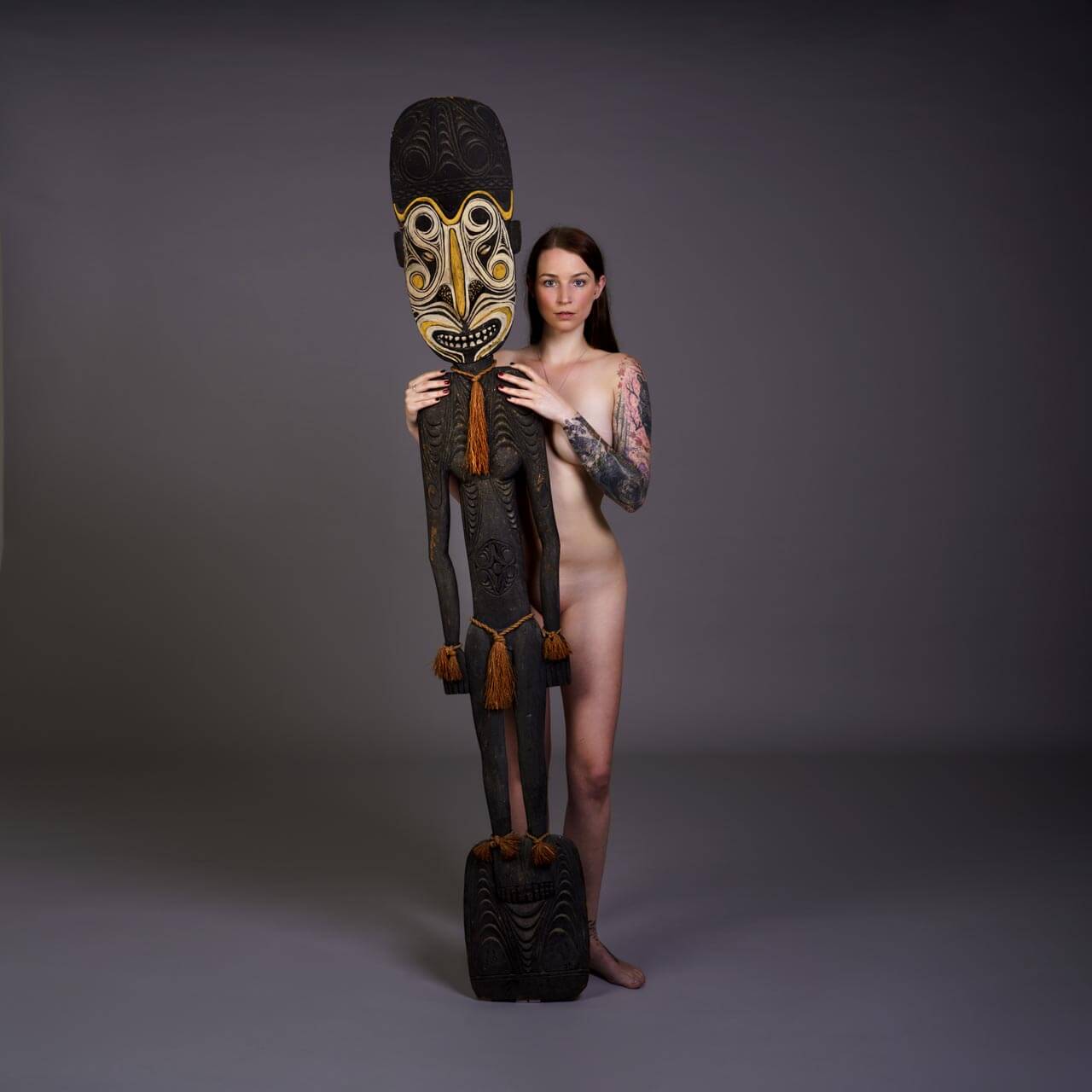
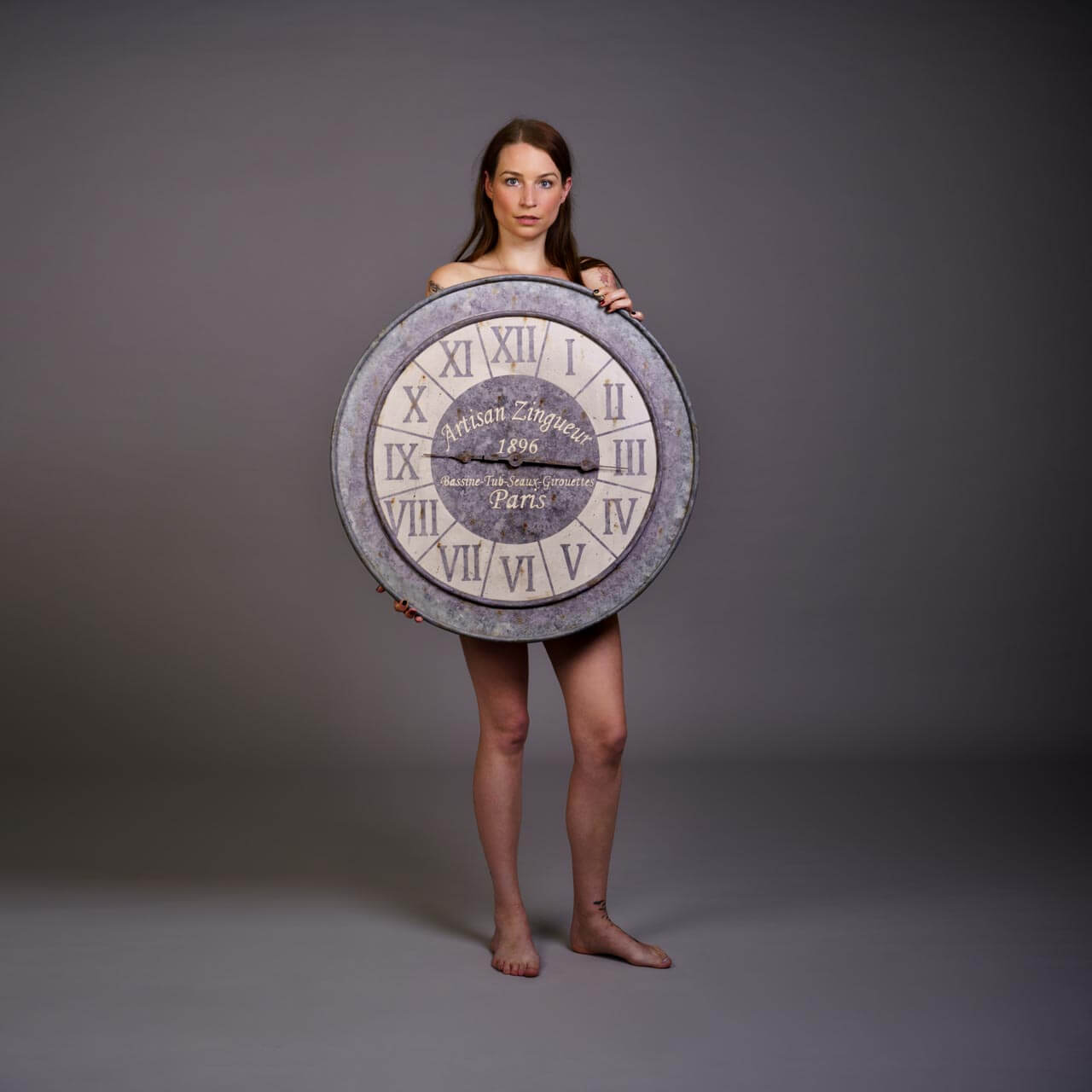
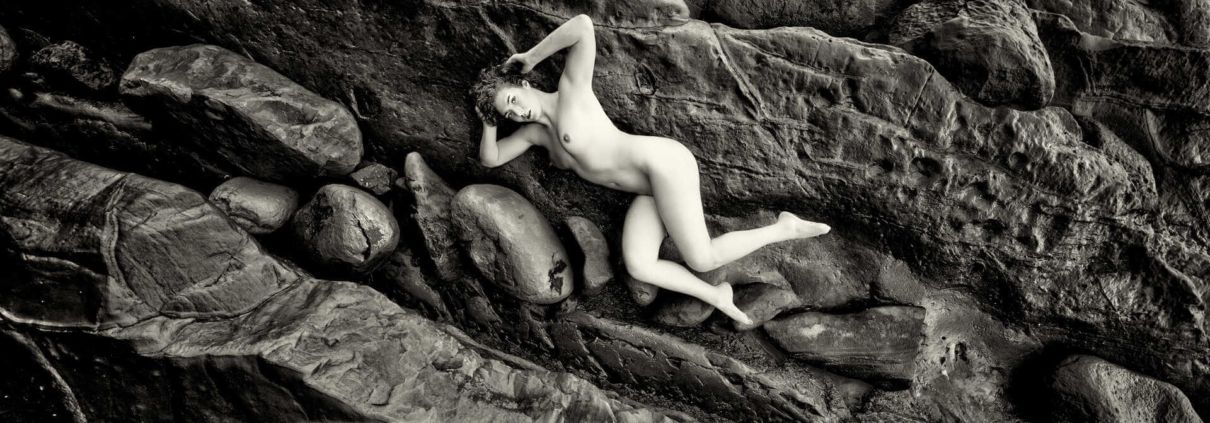 (c) Ilan Wittenberg
(c) Ilan Wittenberg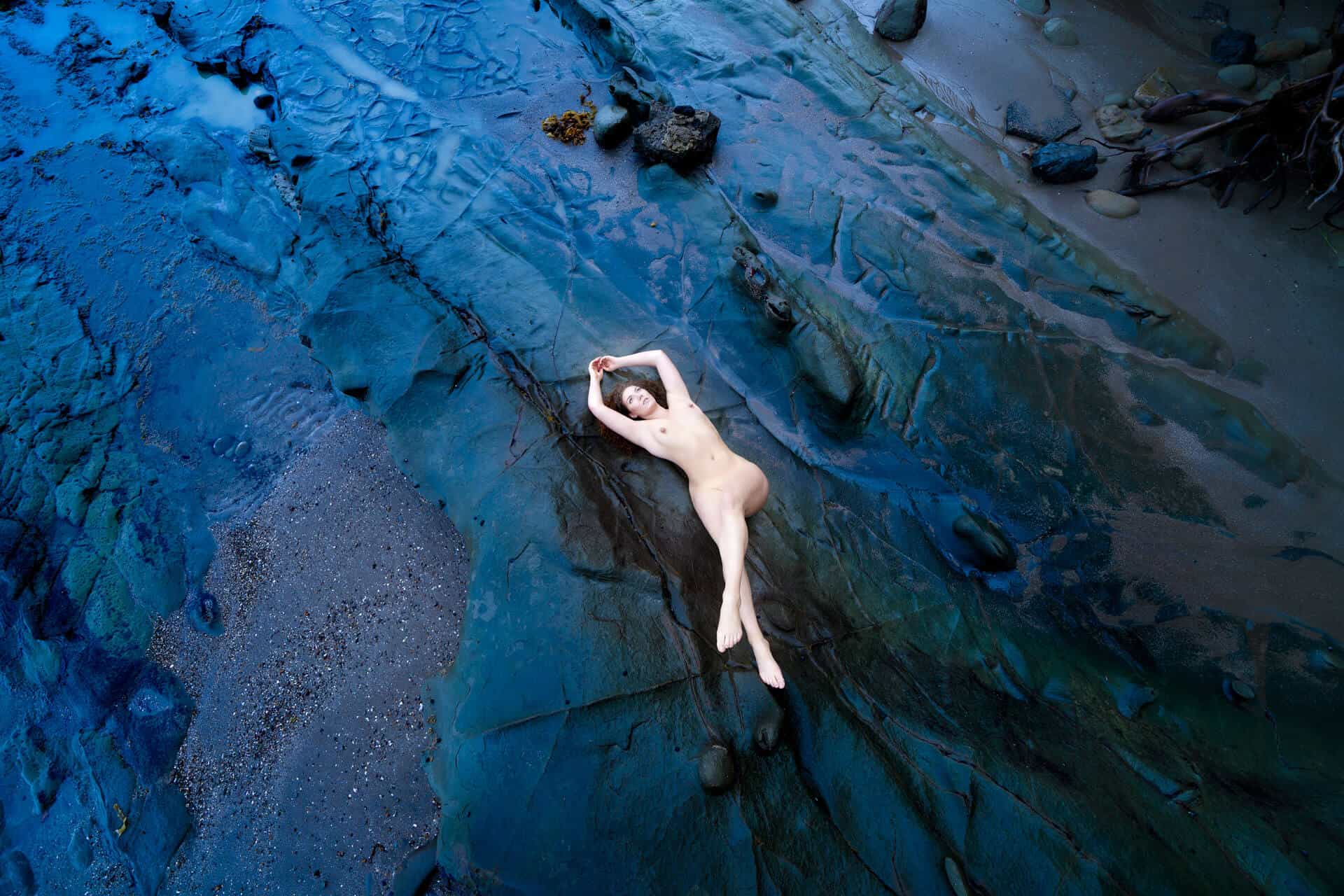
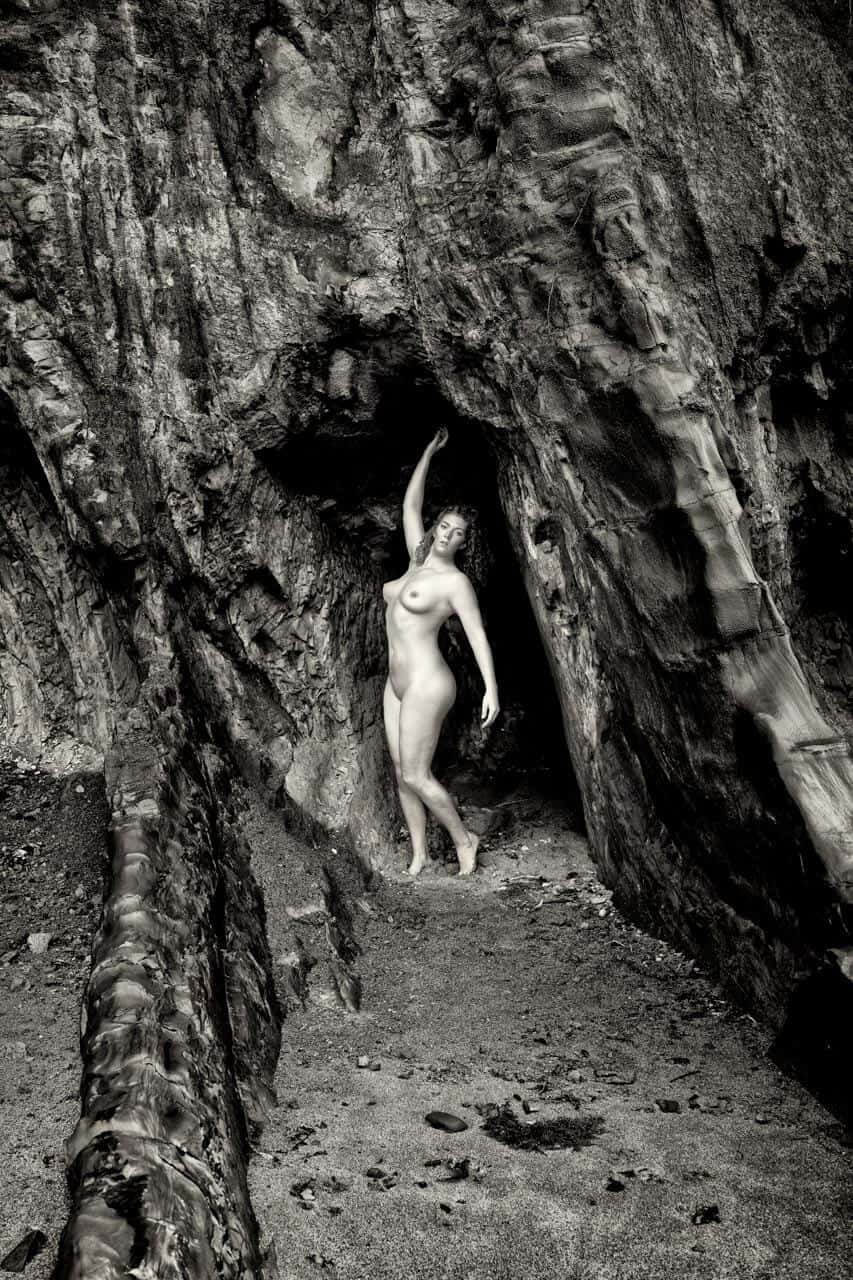
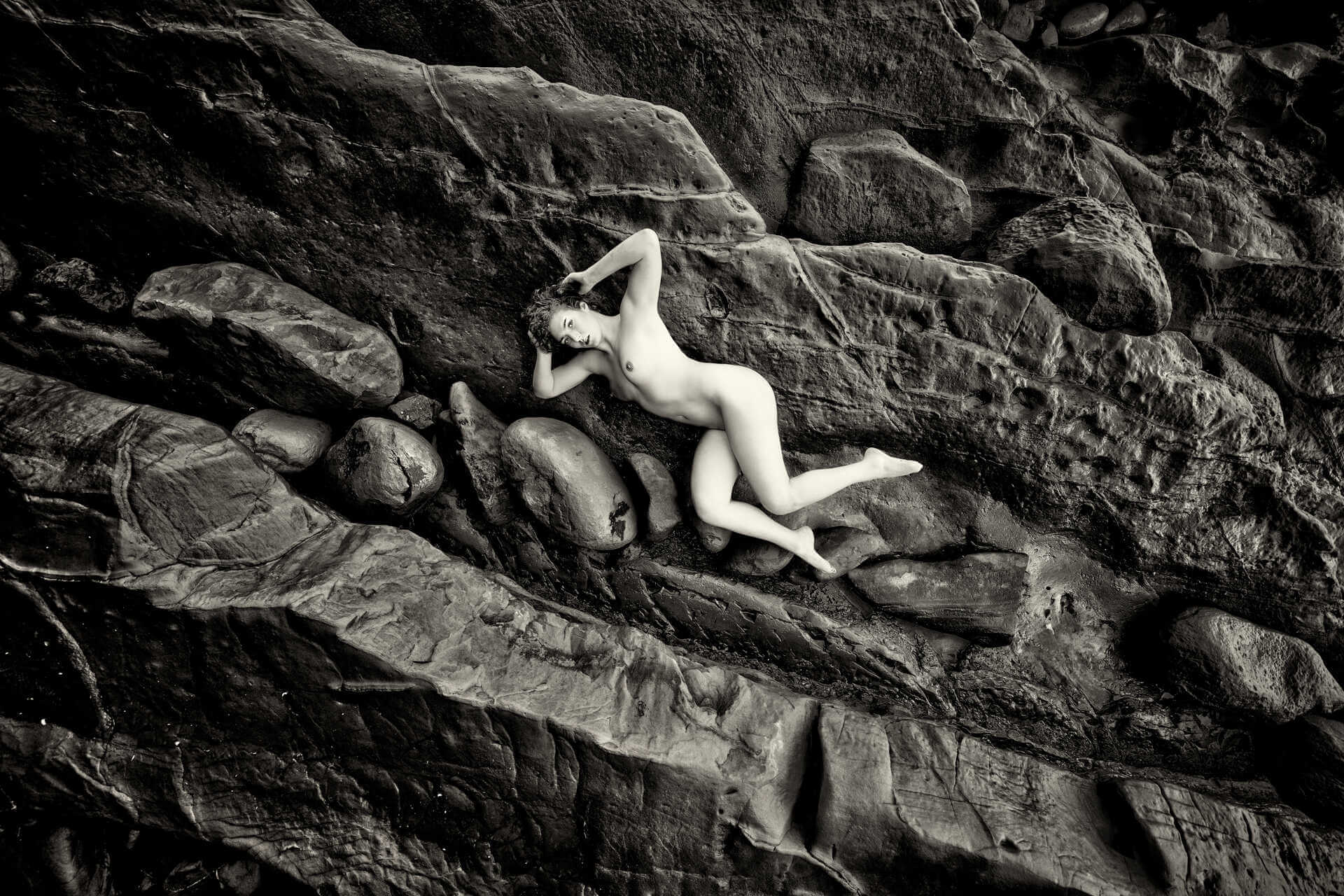
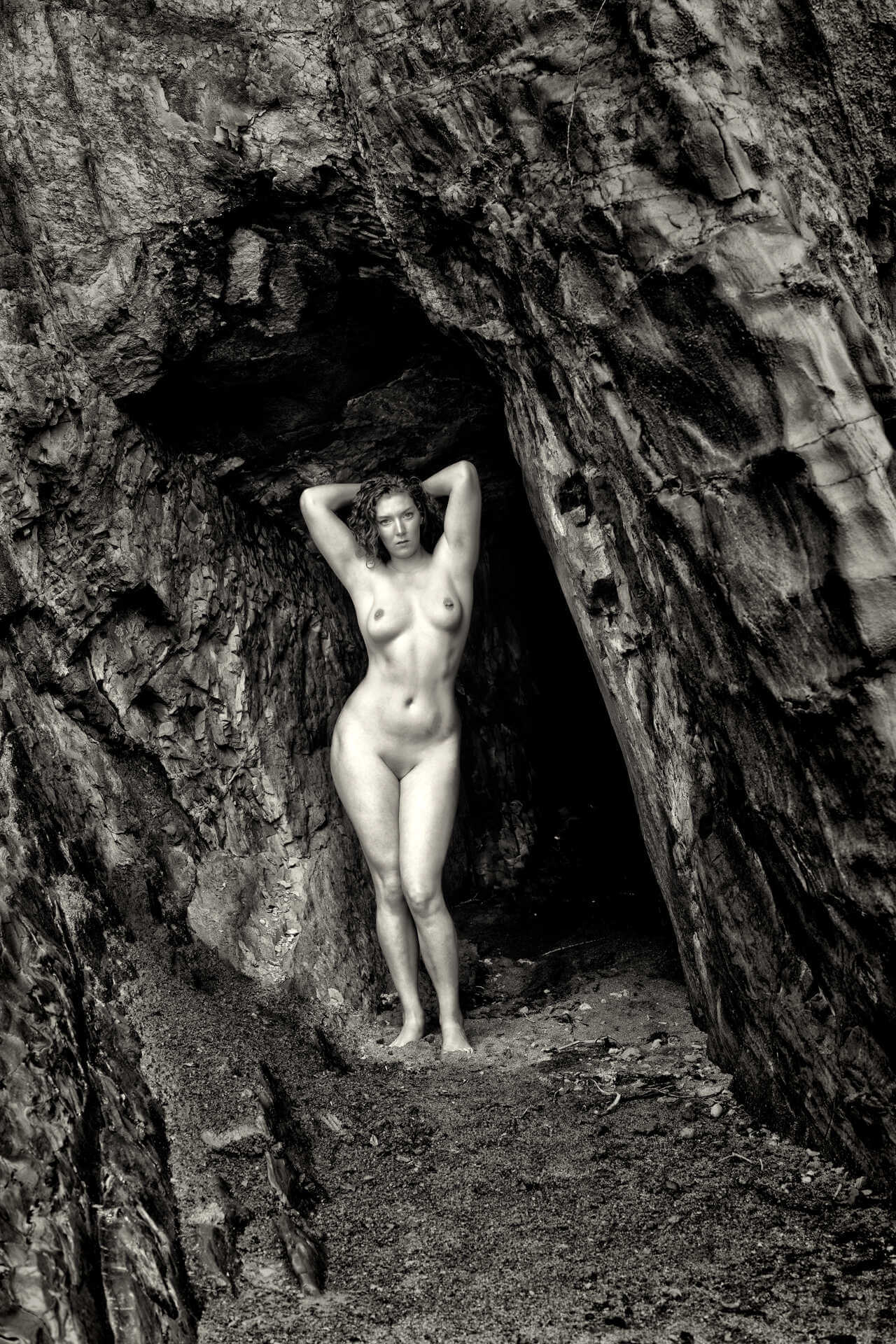
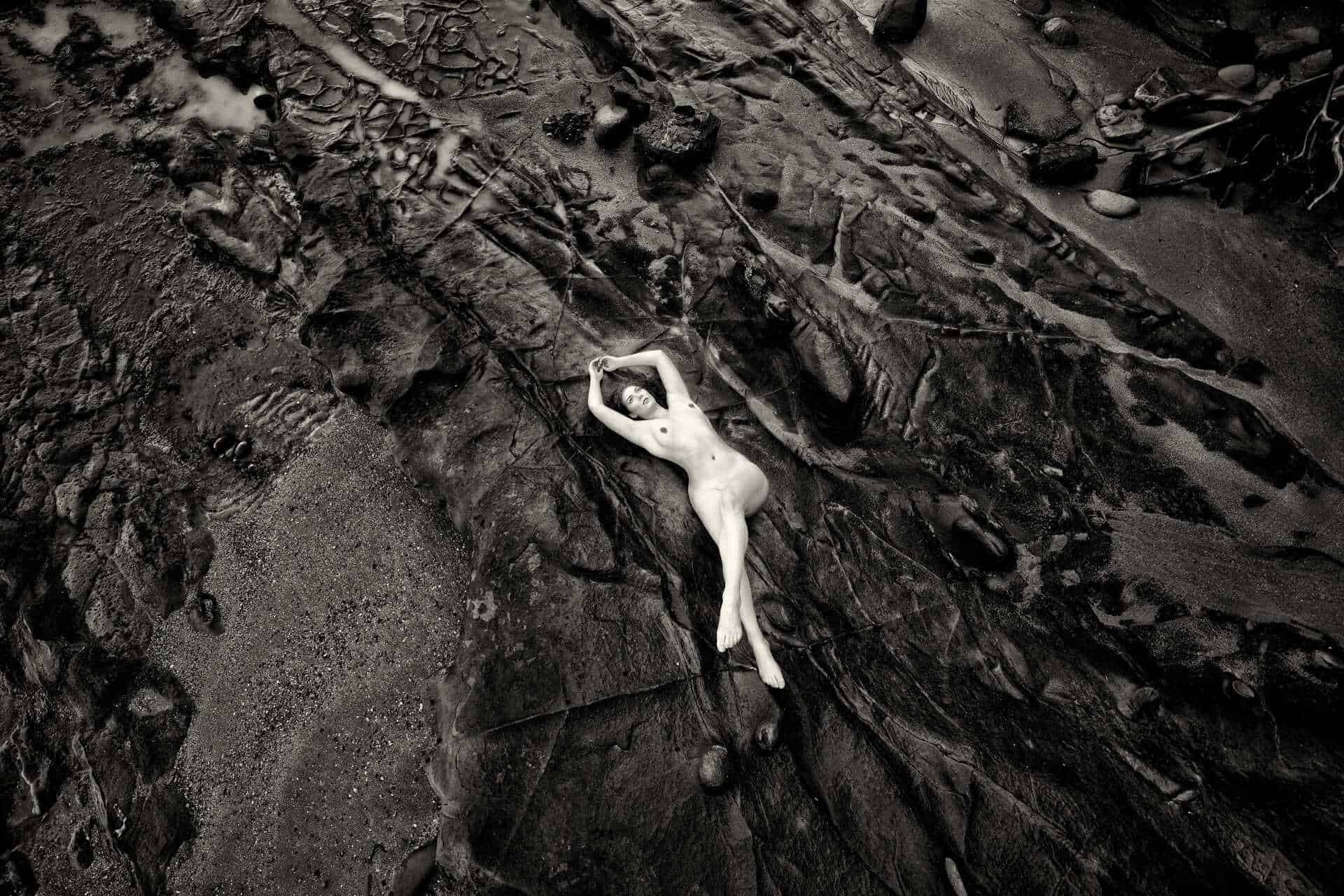
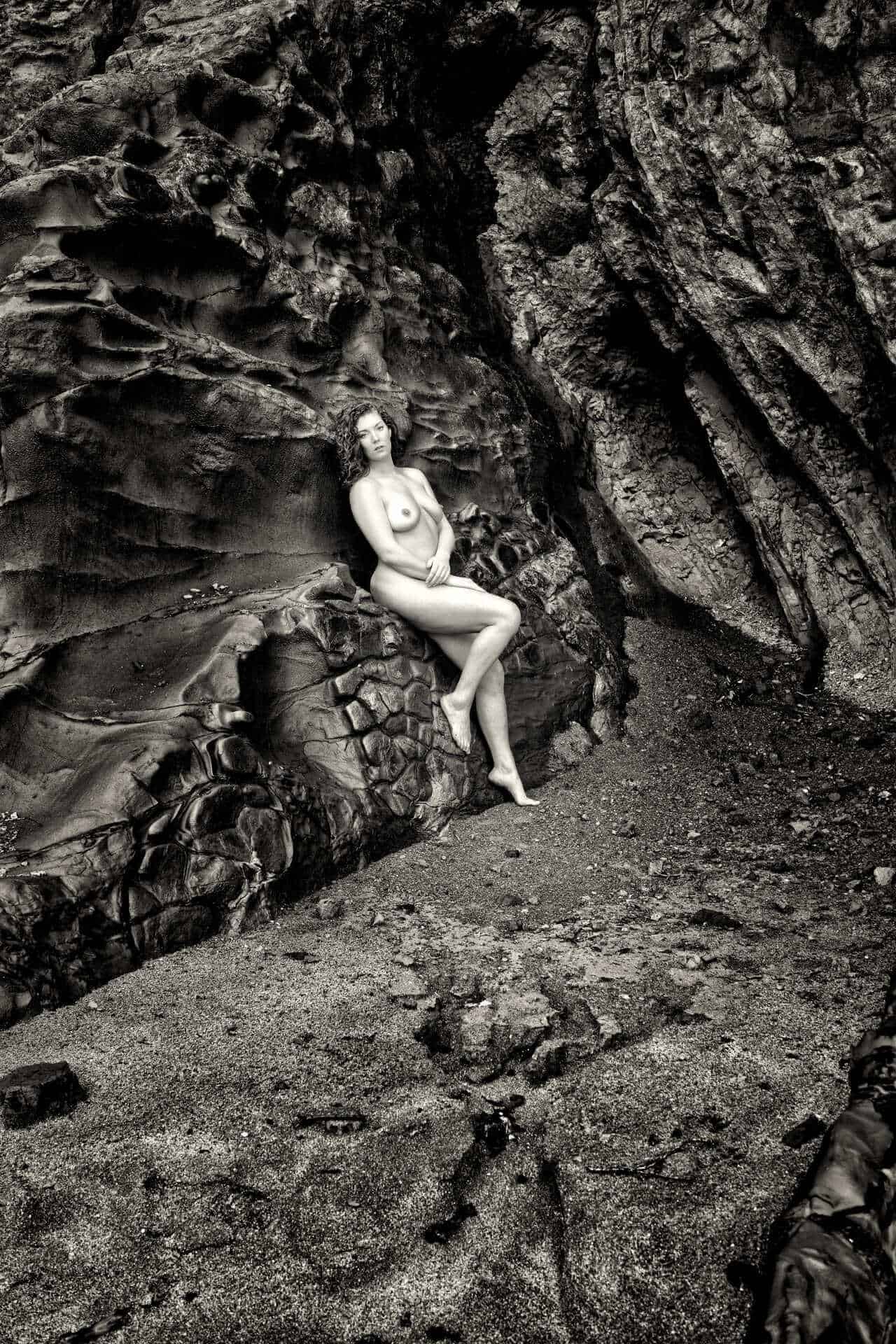
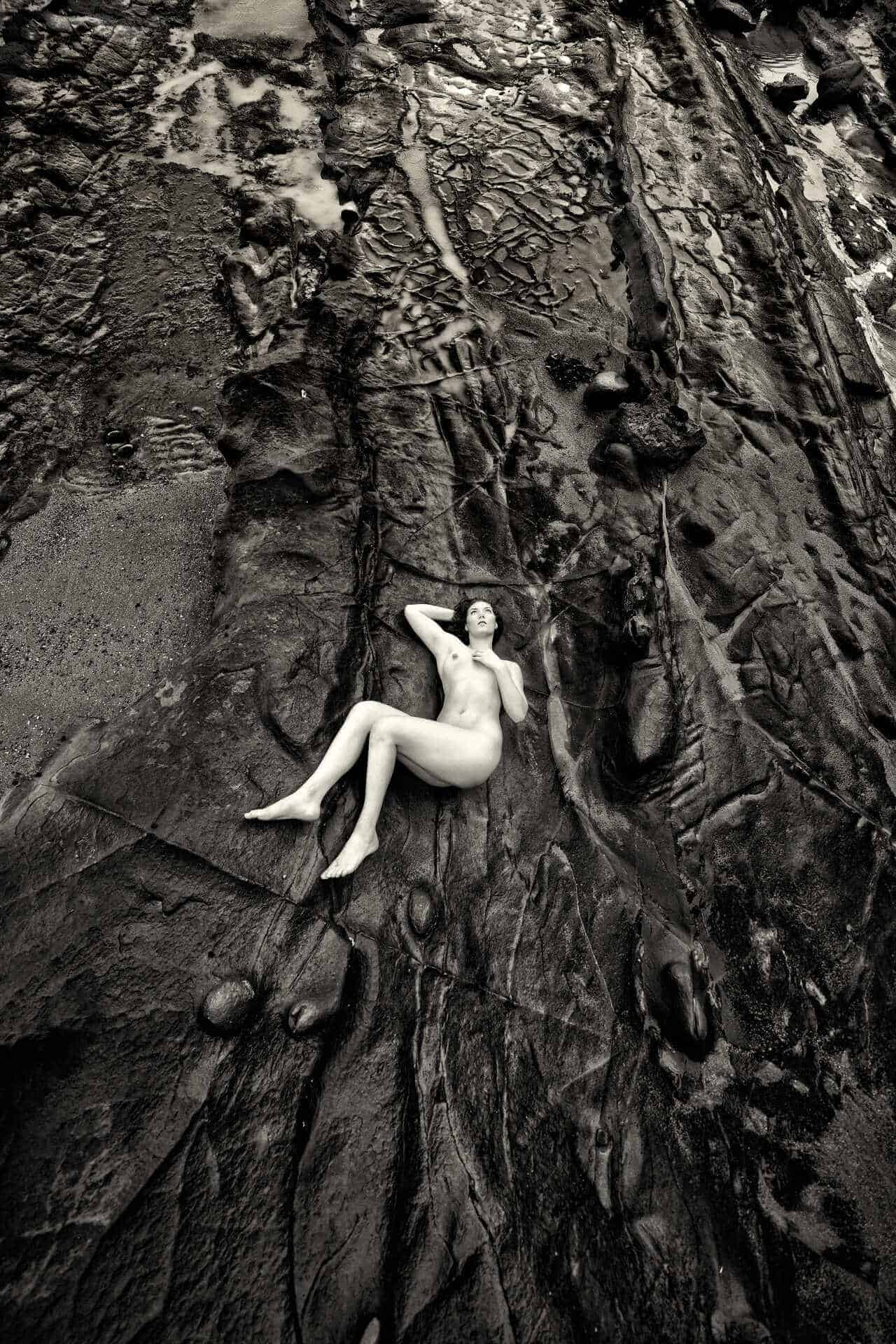
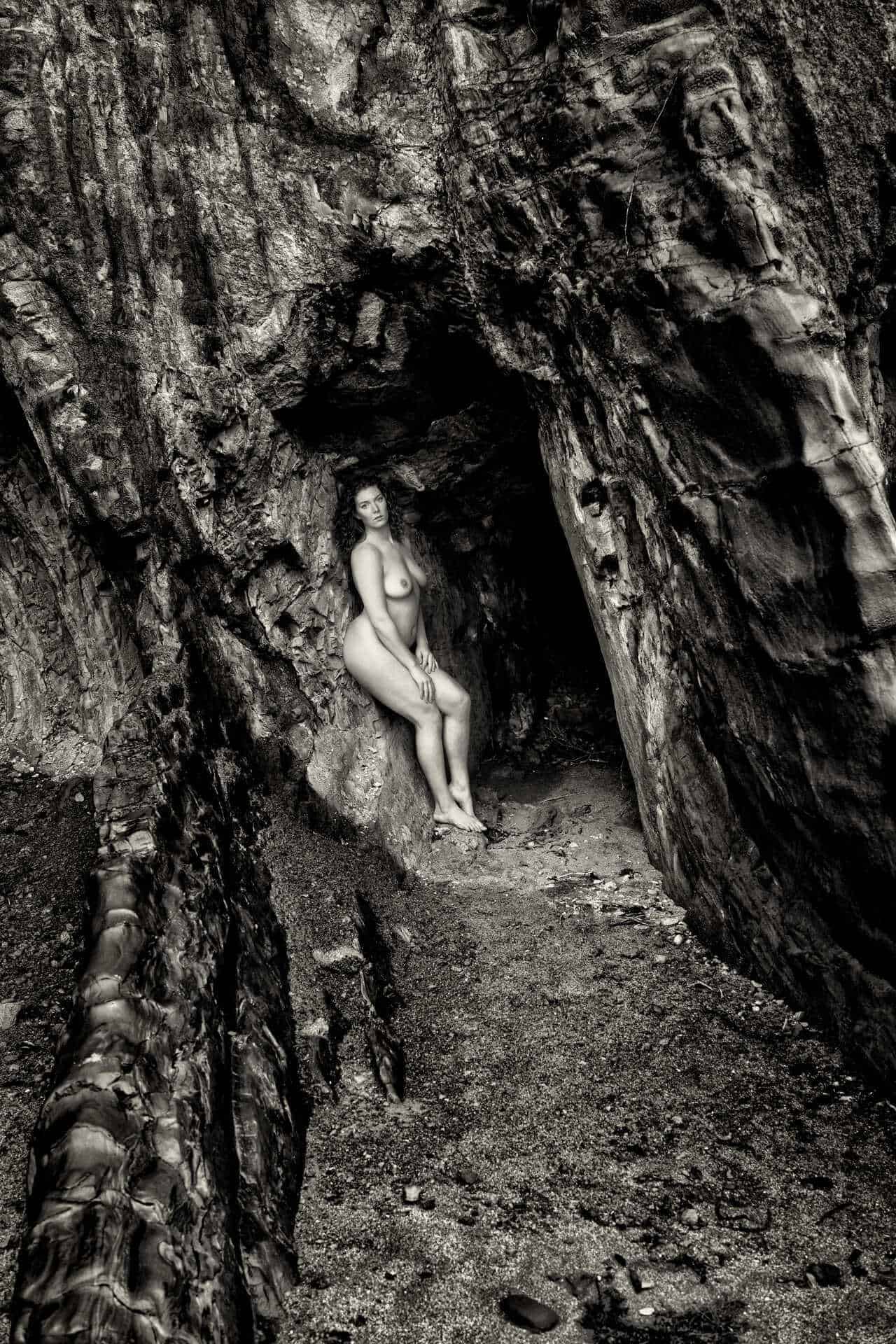
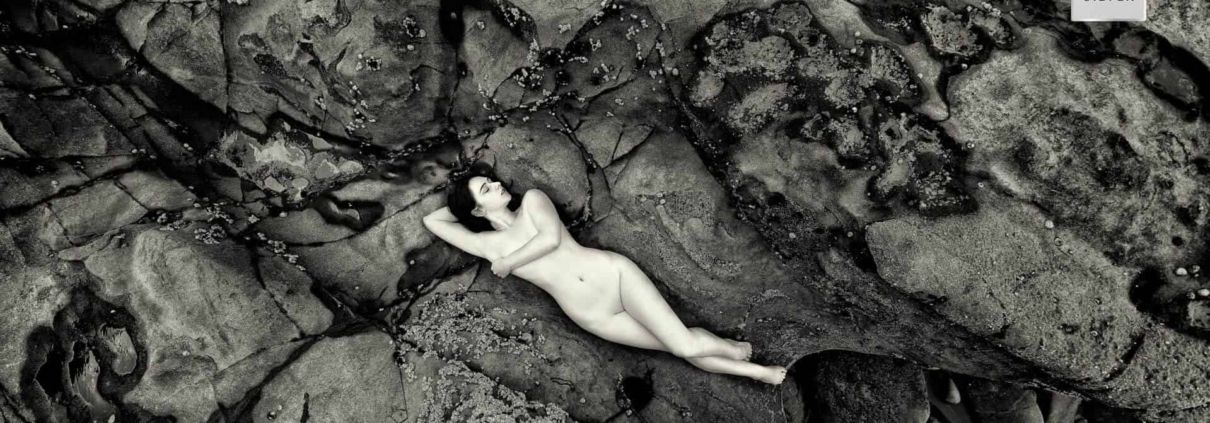 (c) Ilan Wittenberg
(c) Ilan Wittenberg
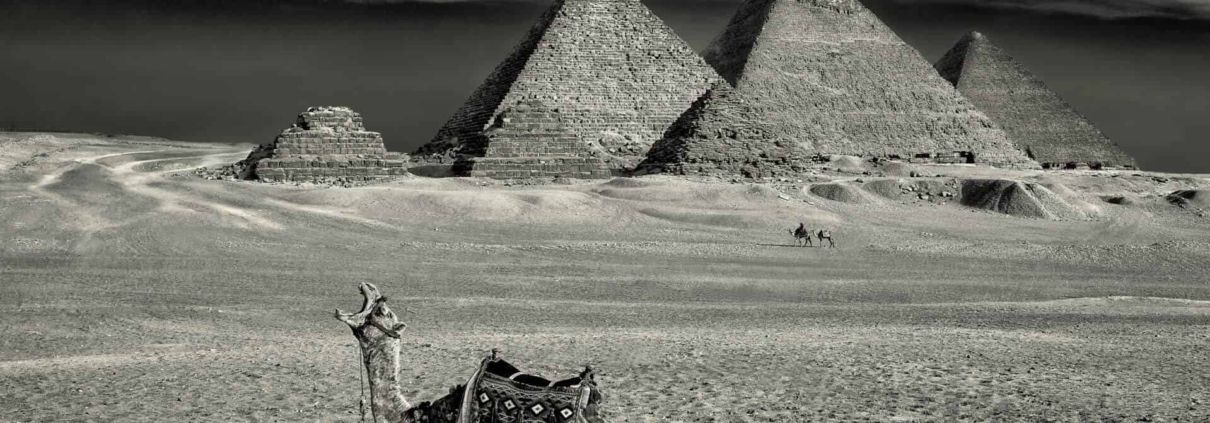 (c) Ilan Wittenberg
(c) Ilan Wittenberg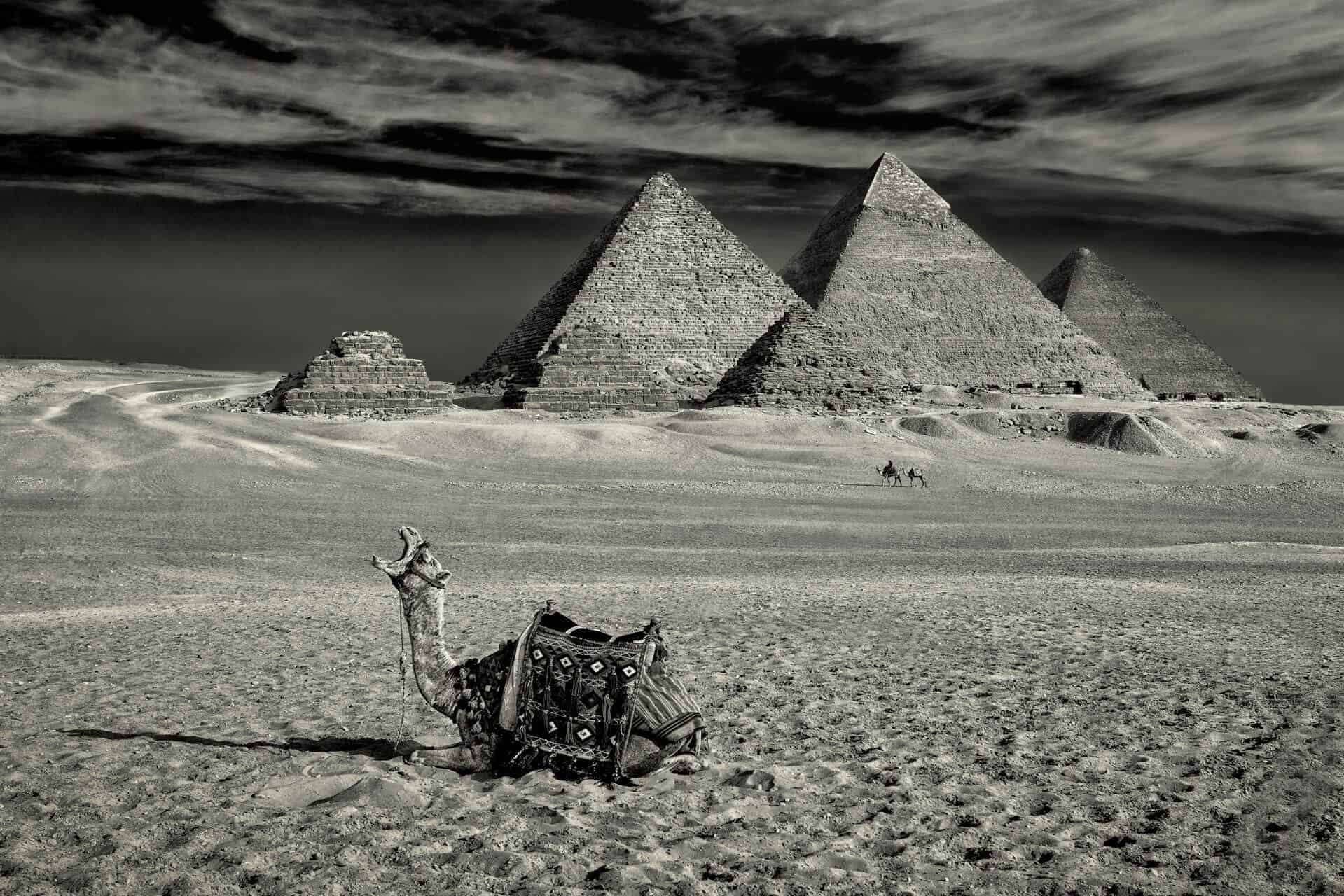
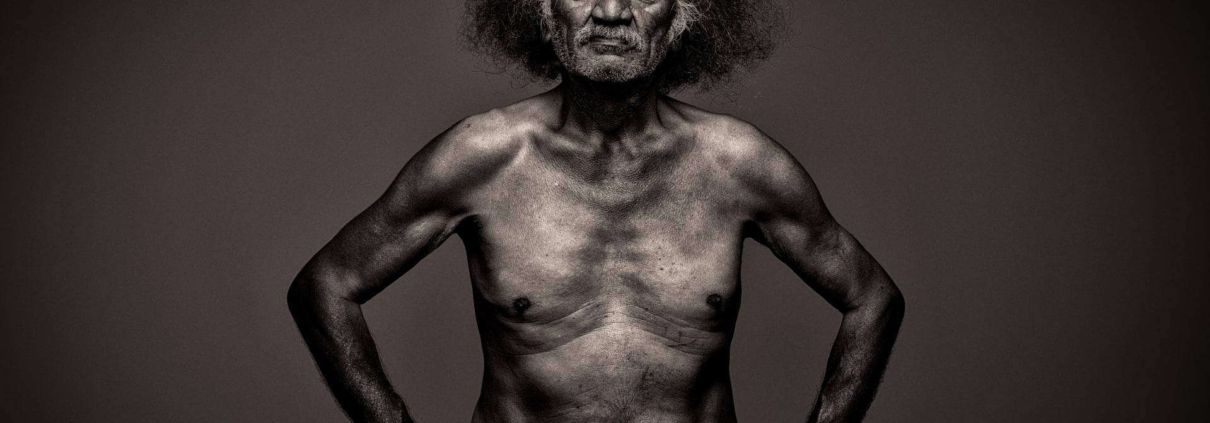 (c) Ilan Wittenberg
(c) Ilan Wittenberg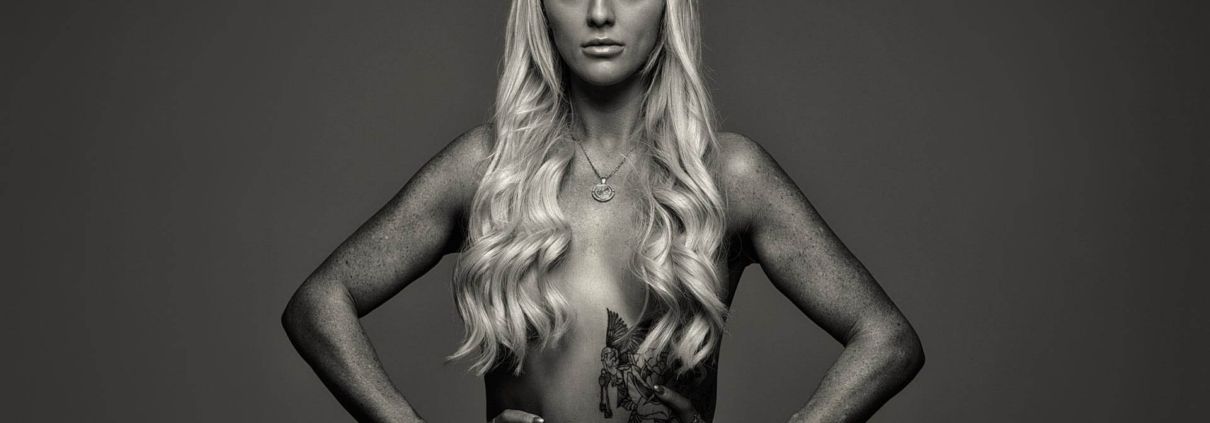 (c) Ilan Wittenberg
(c) Ilan Wittenberg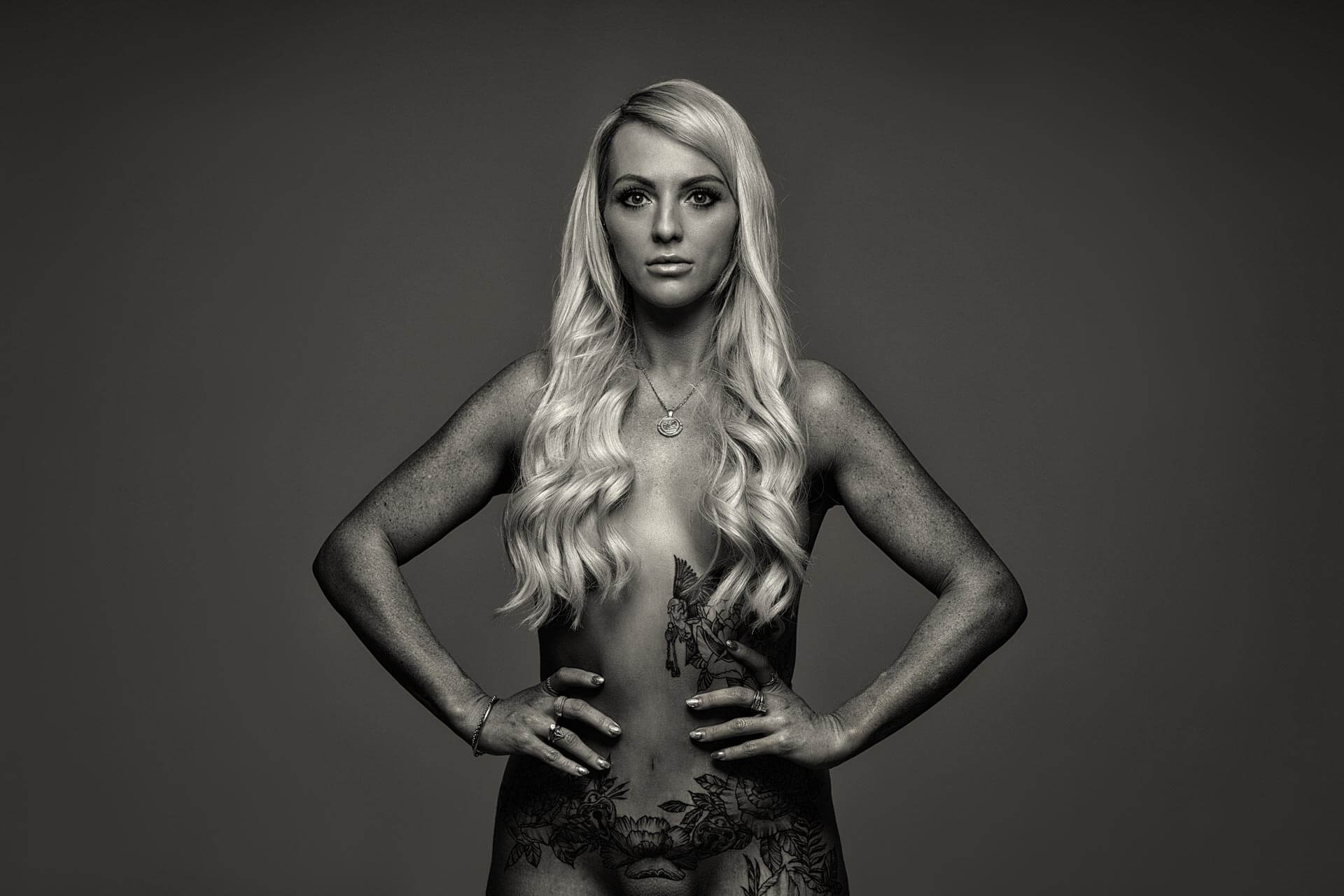
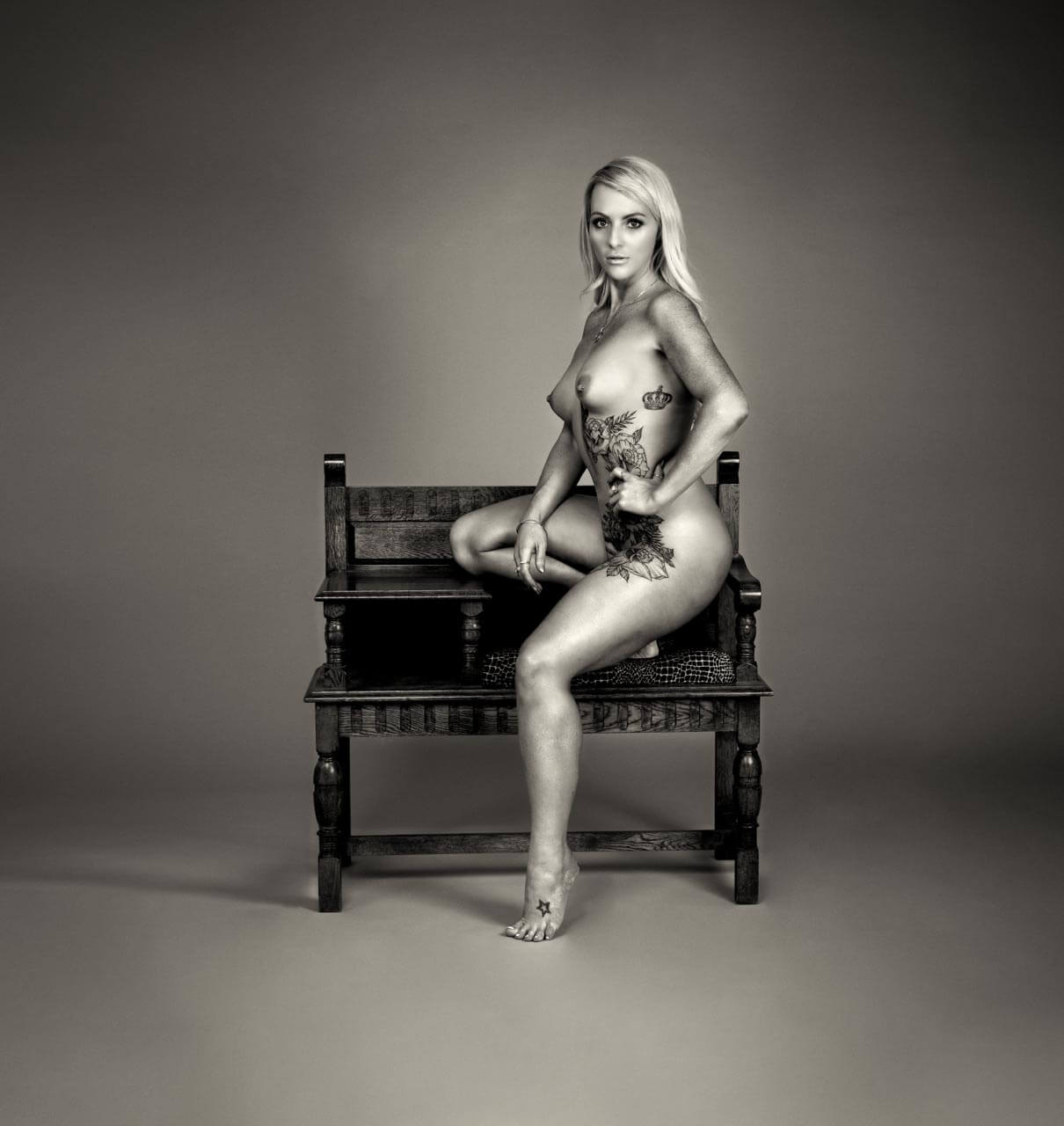
 (c) Ilan Wittenberg
(c) Ilan Wittenberg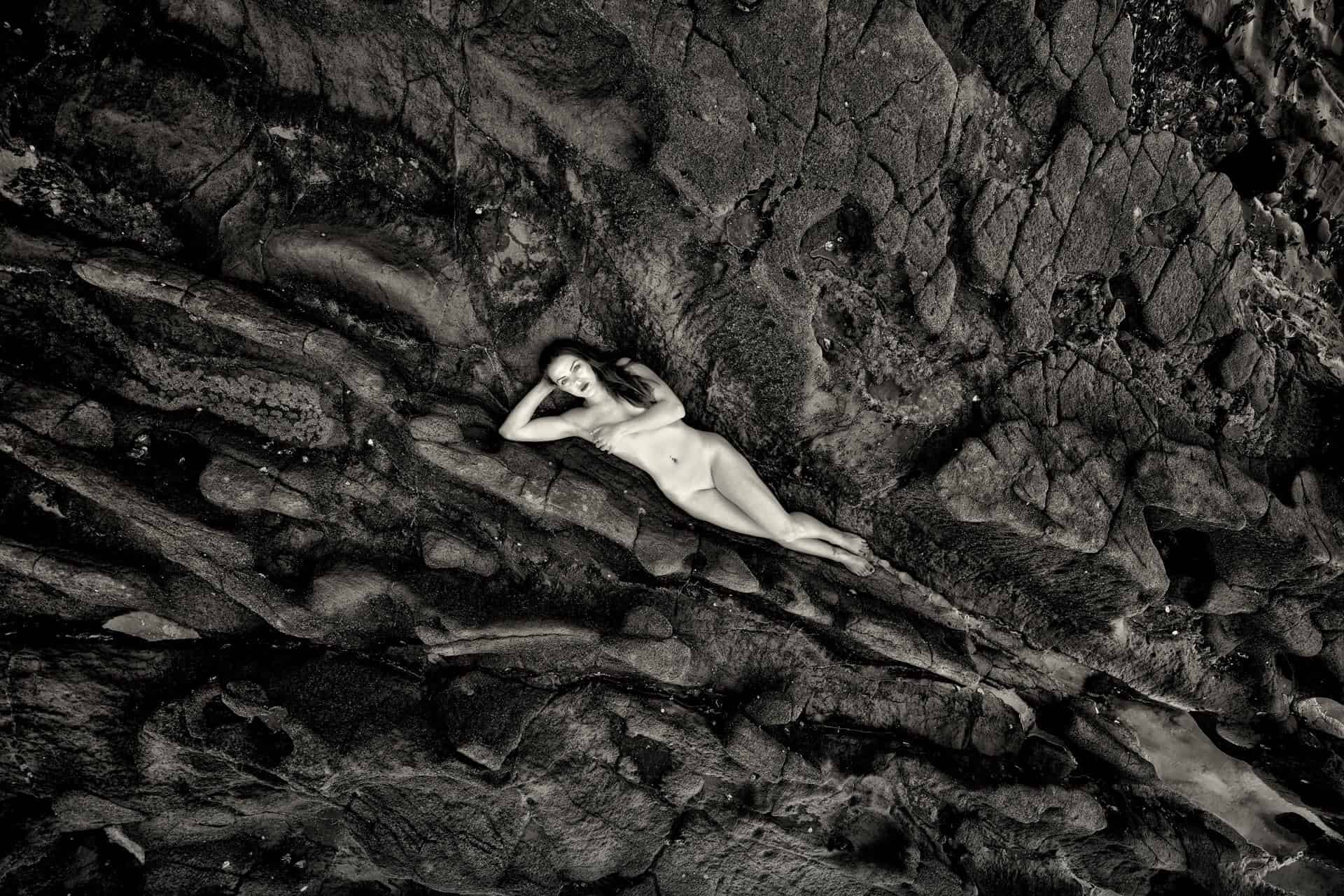
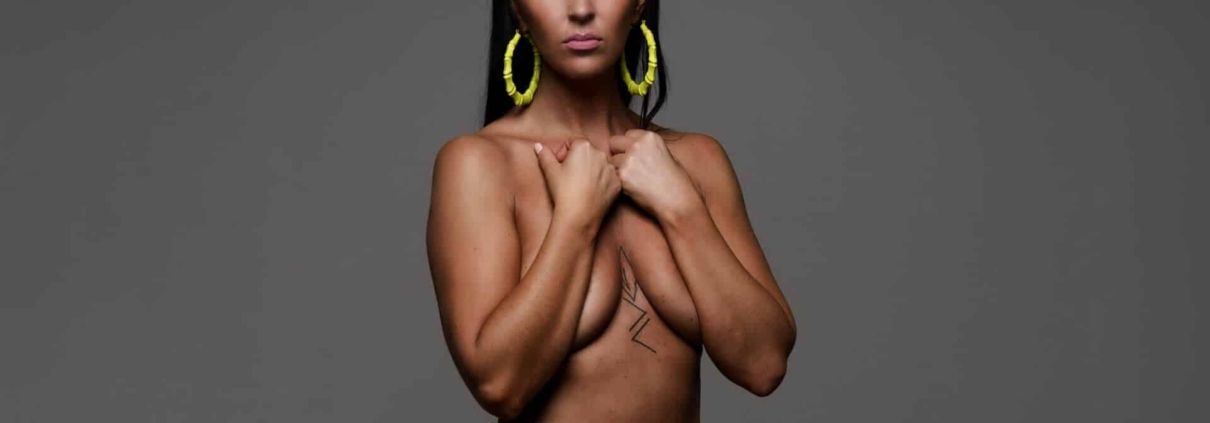 (c) Ilan Wittenberg
(c) Ilan Wittenberg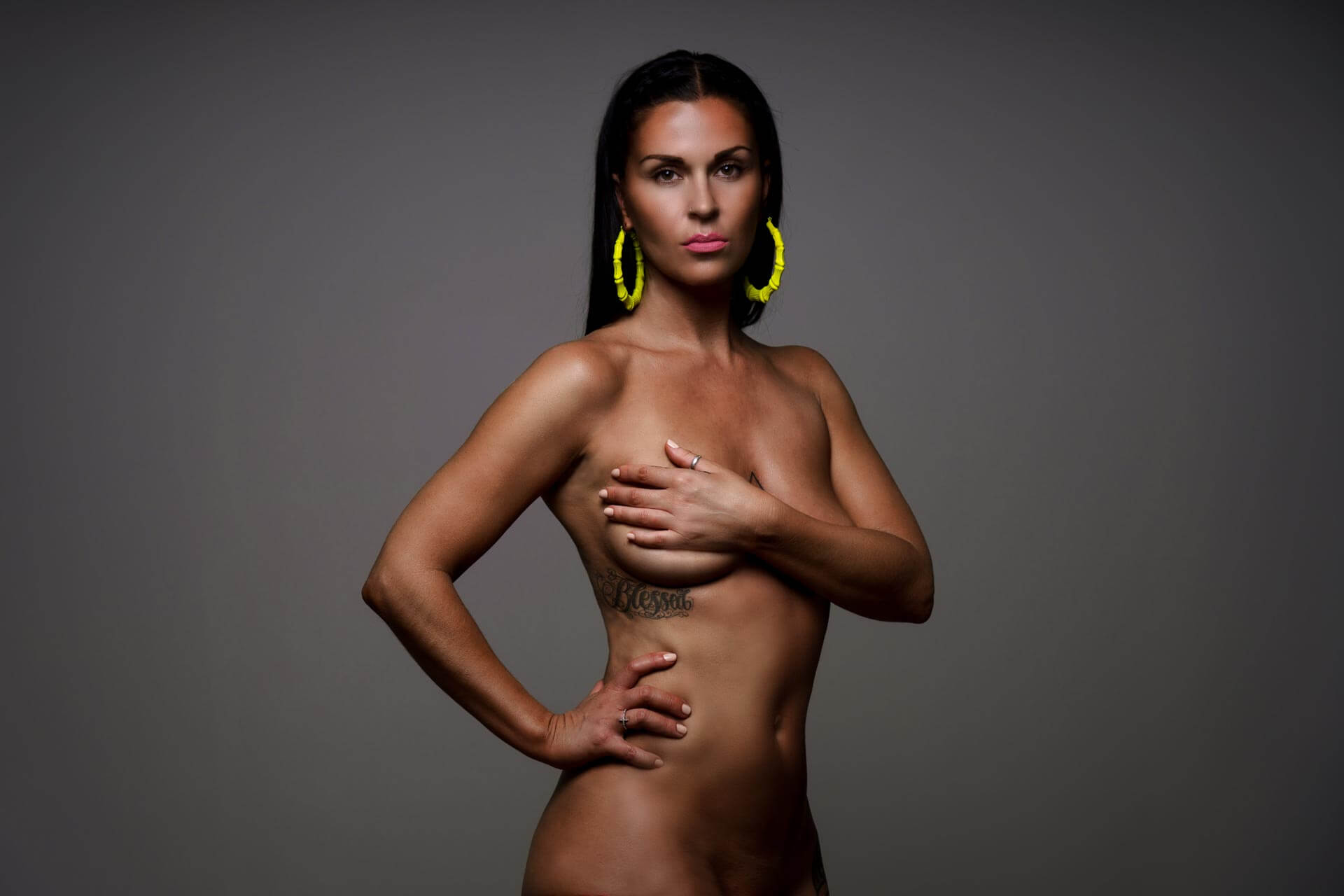
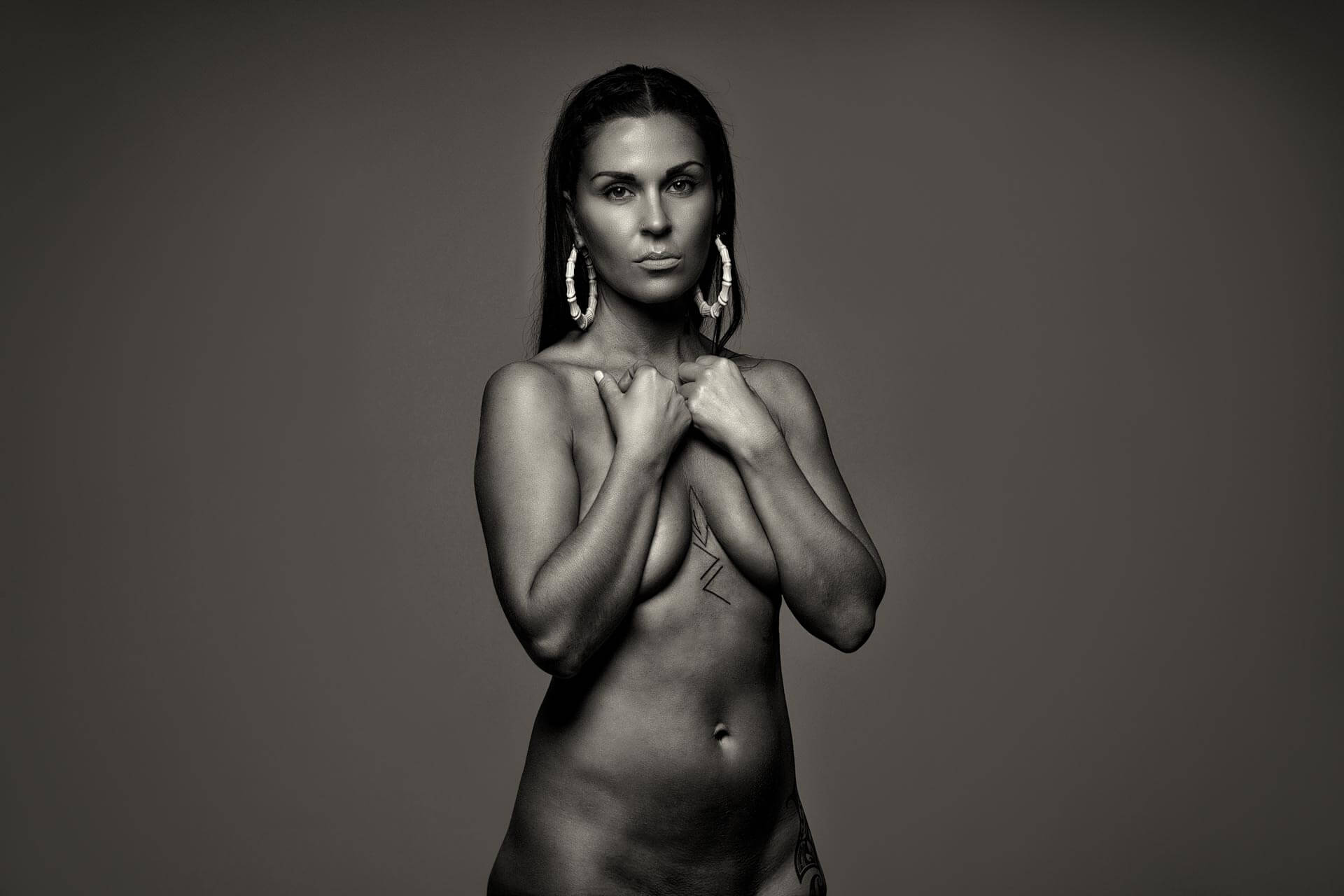
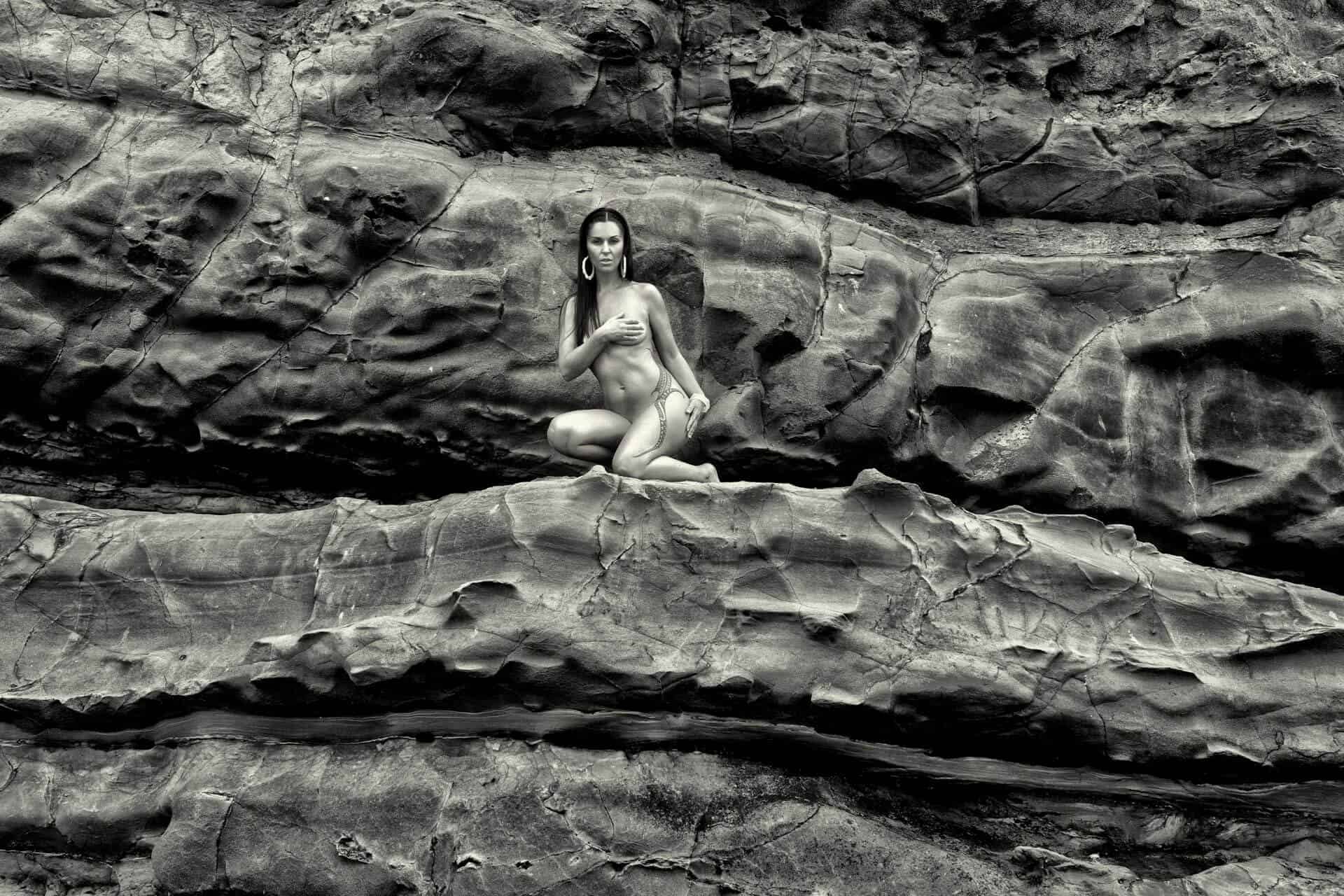


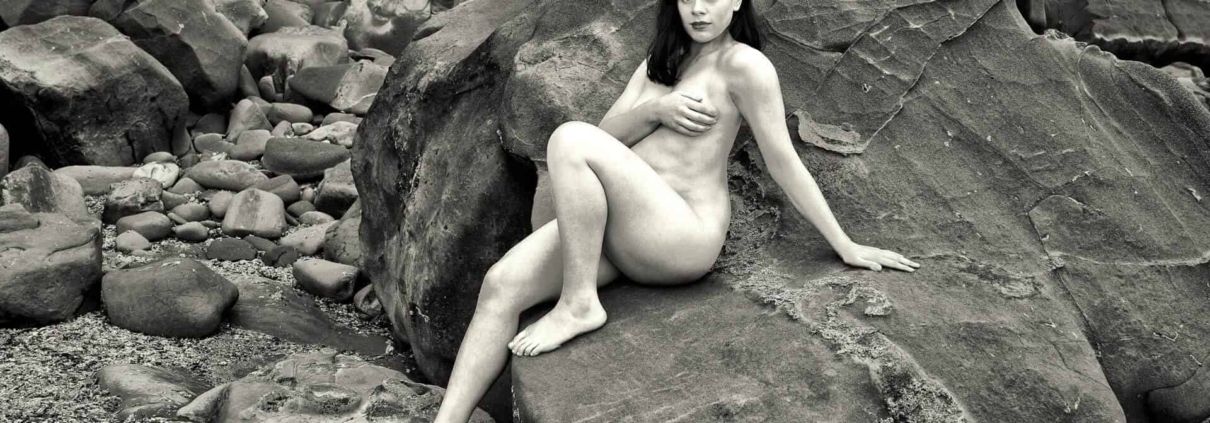 (c) Ilan Wittenberg
(c) Ilan Wittenberg
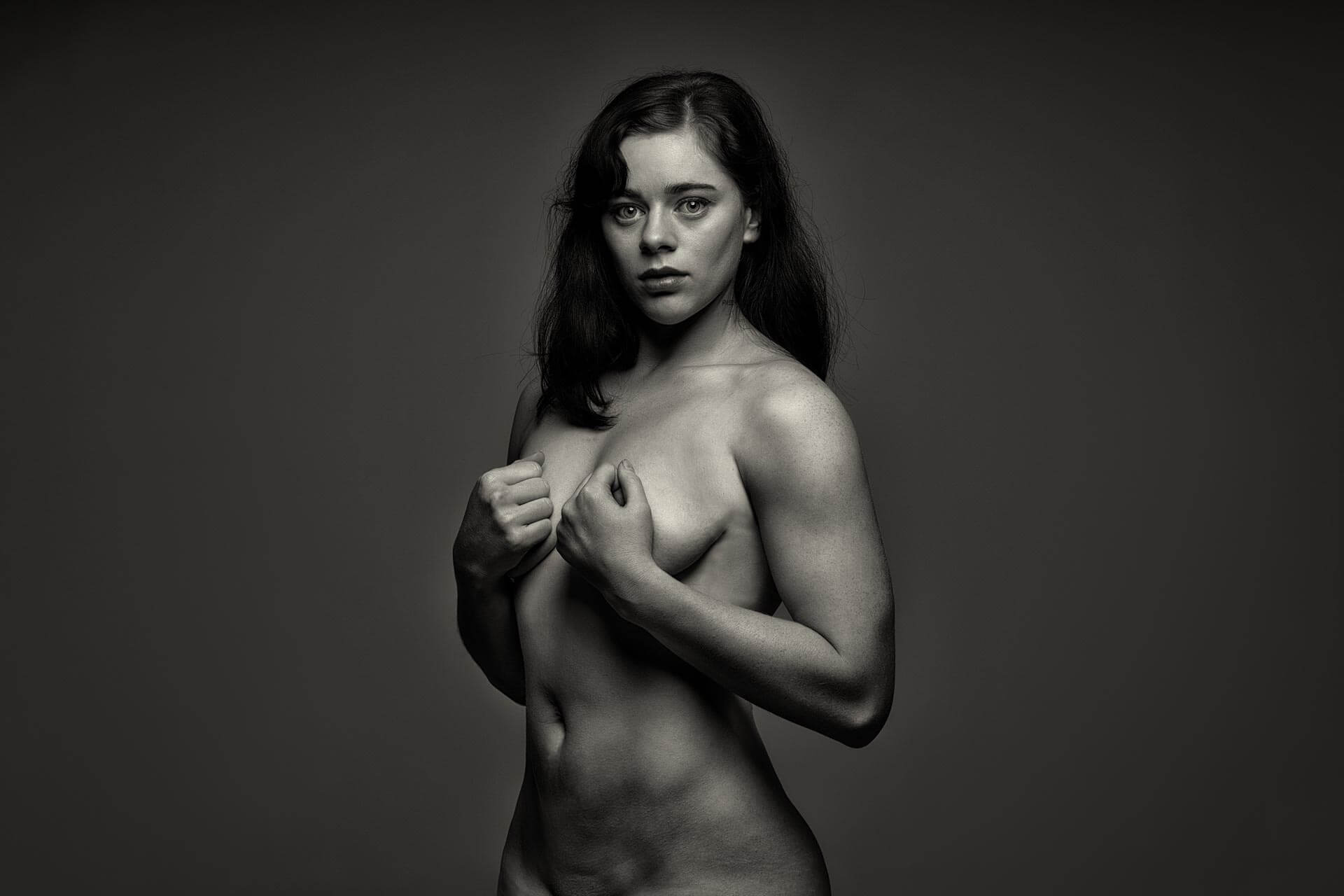
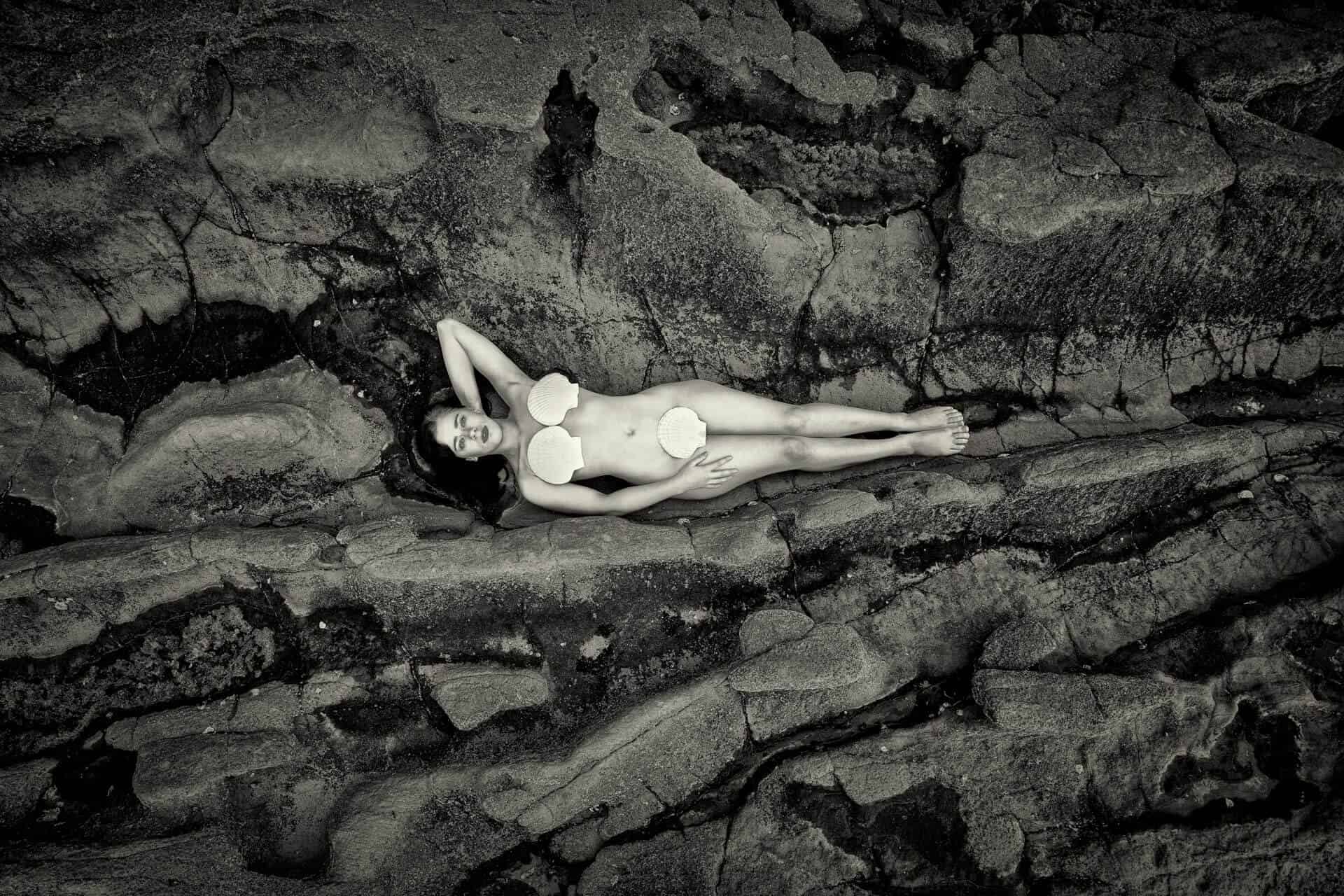
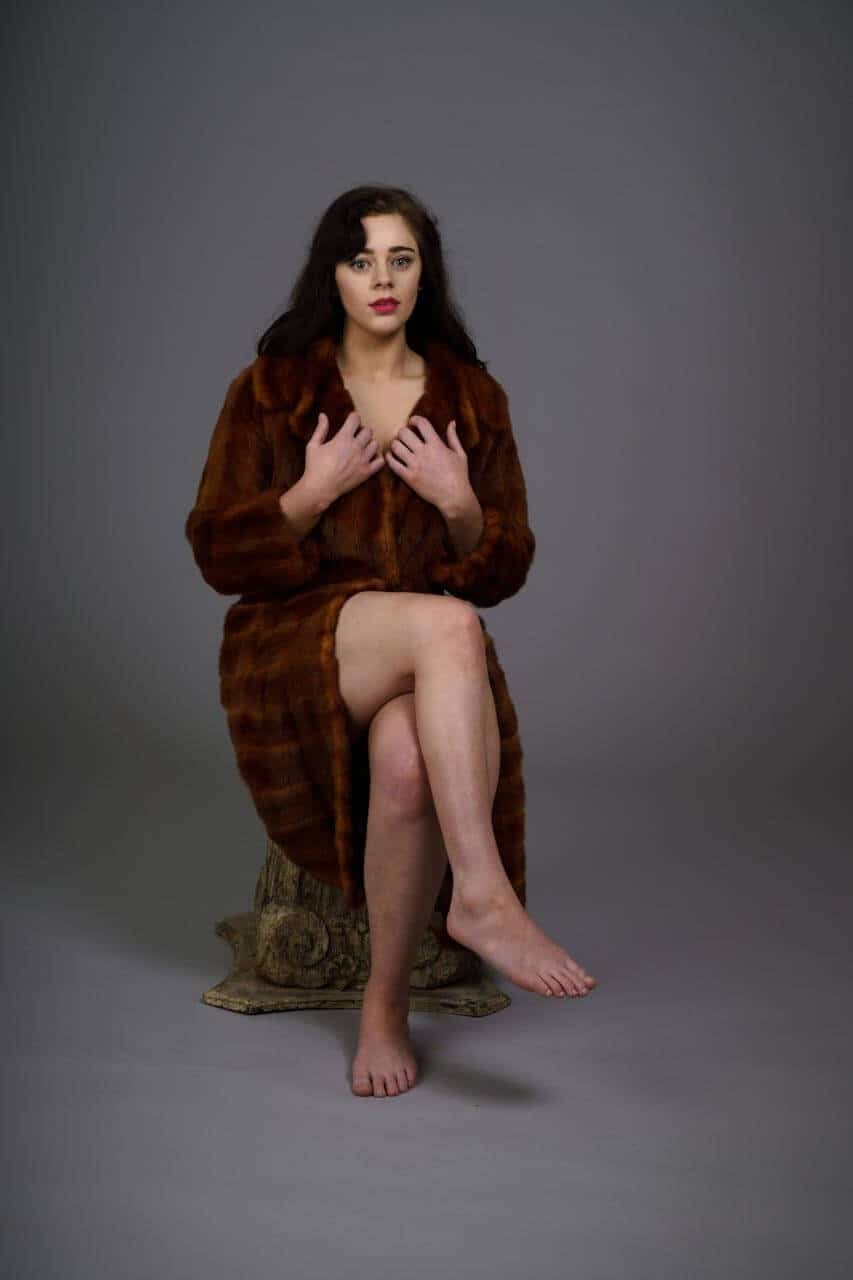


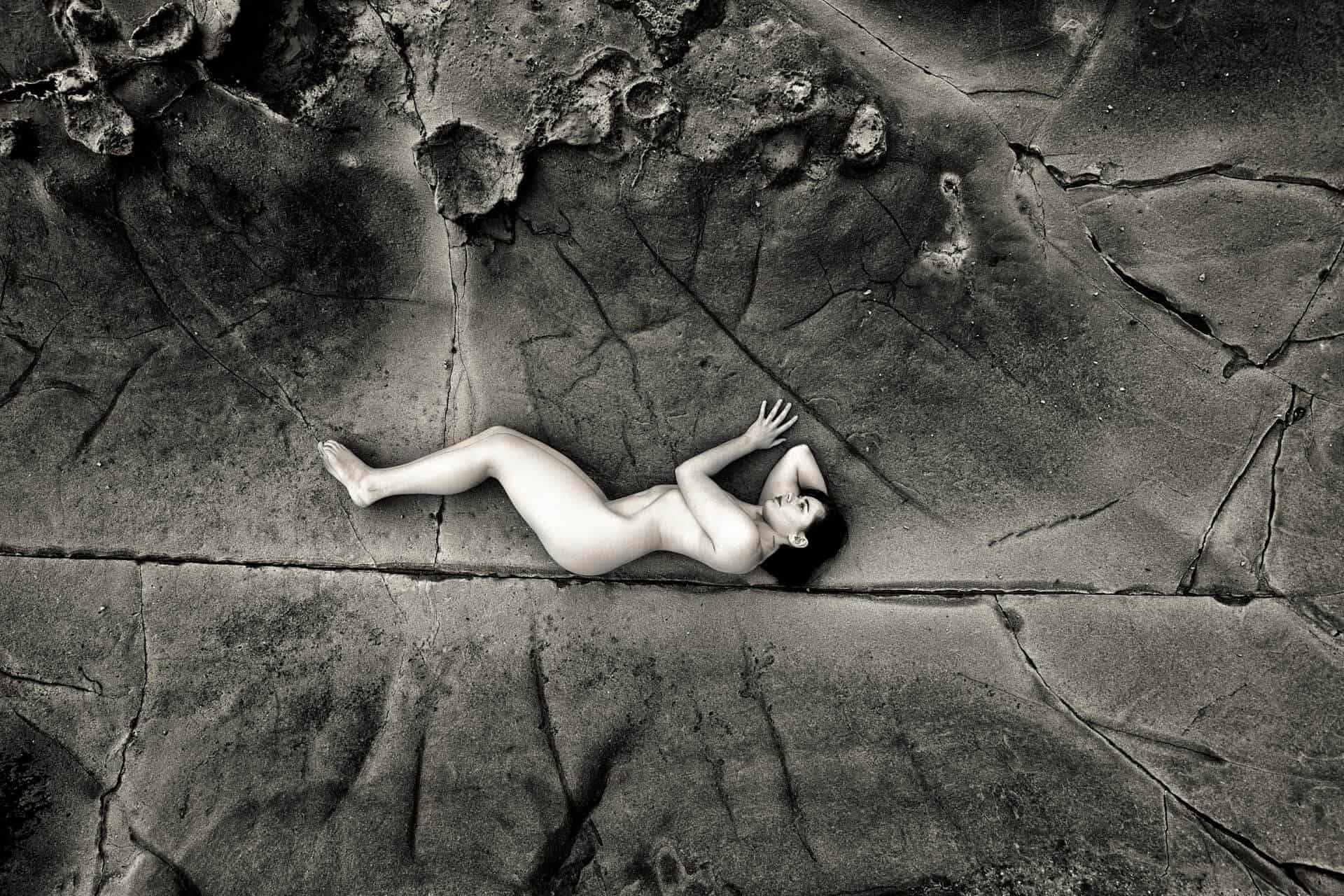
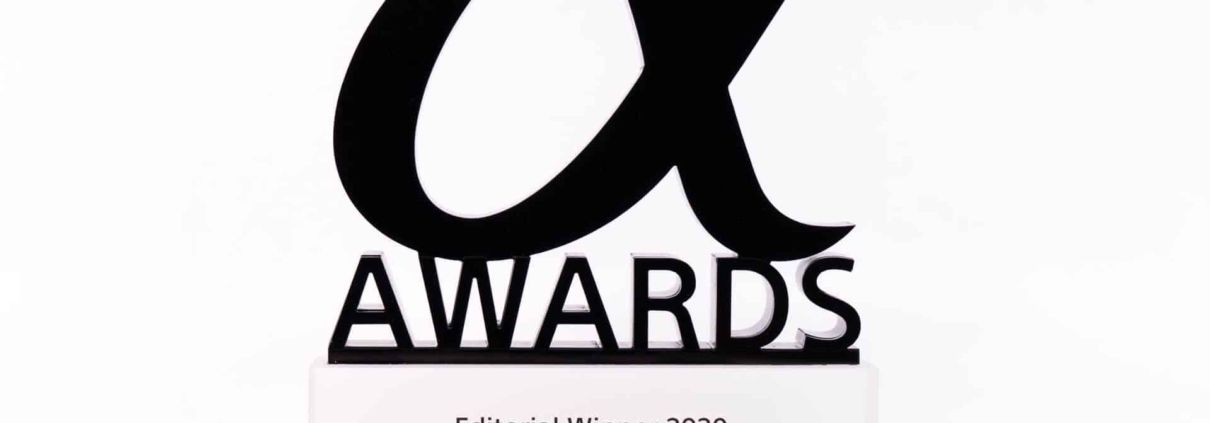
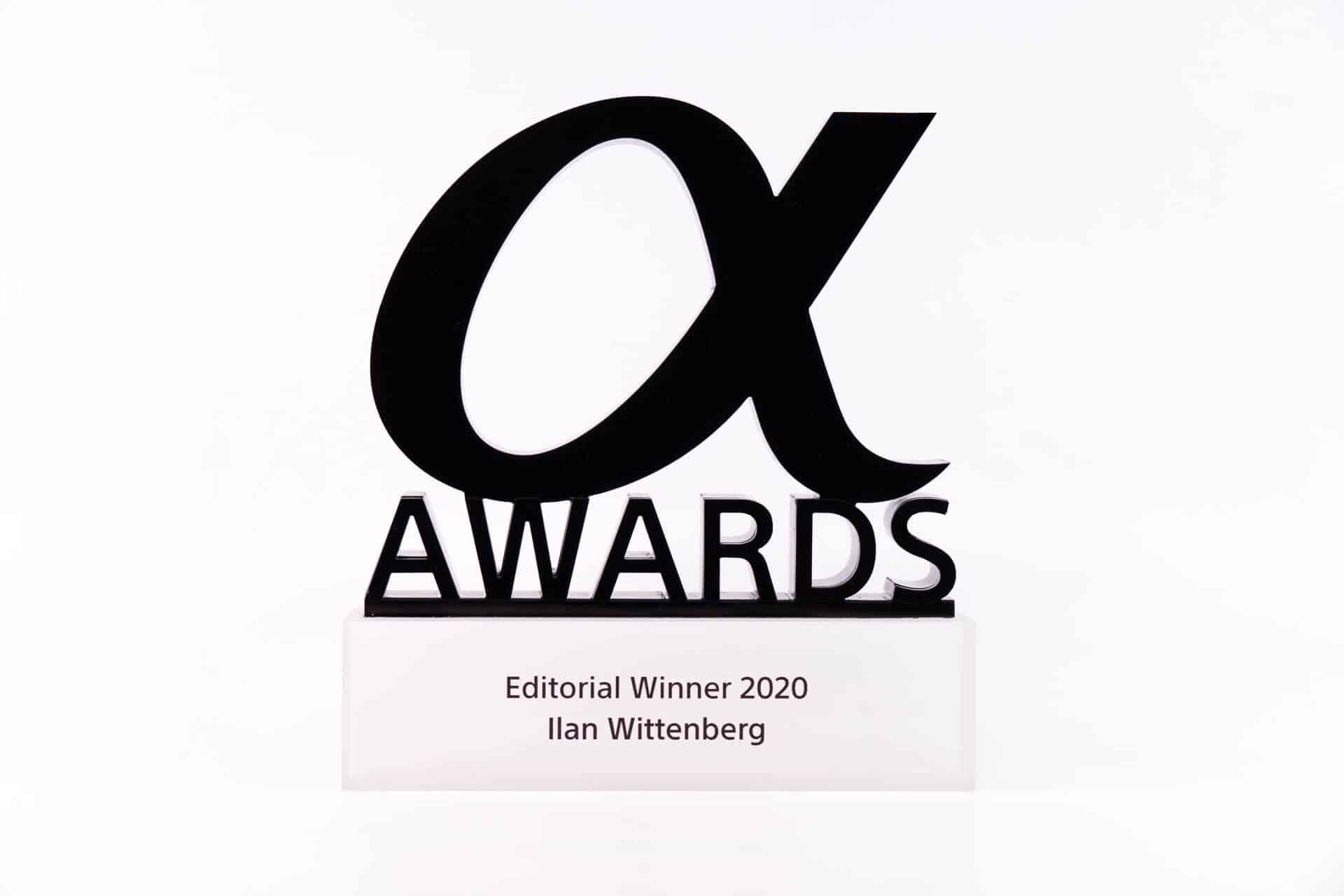
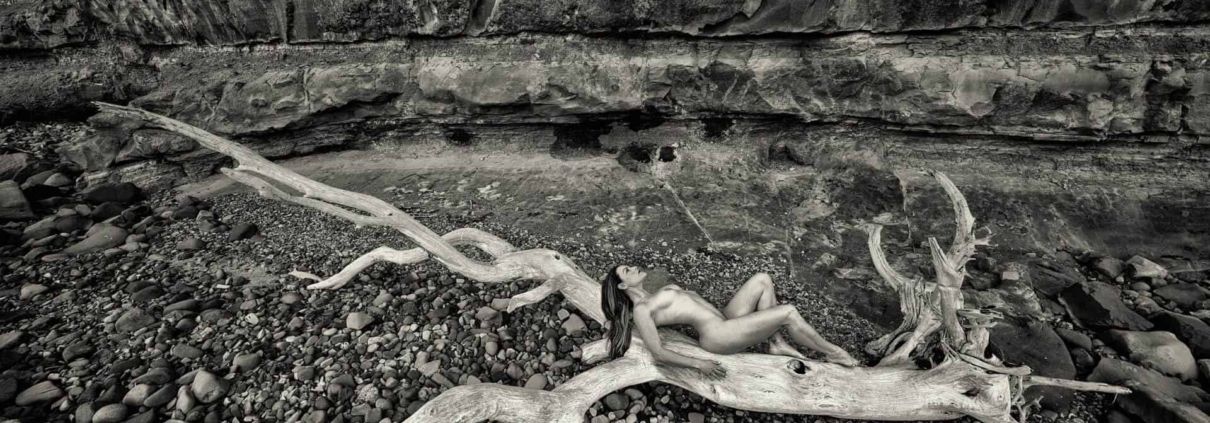 (c) Ilan Wittenberg
(c) Ilan Wittenberg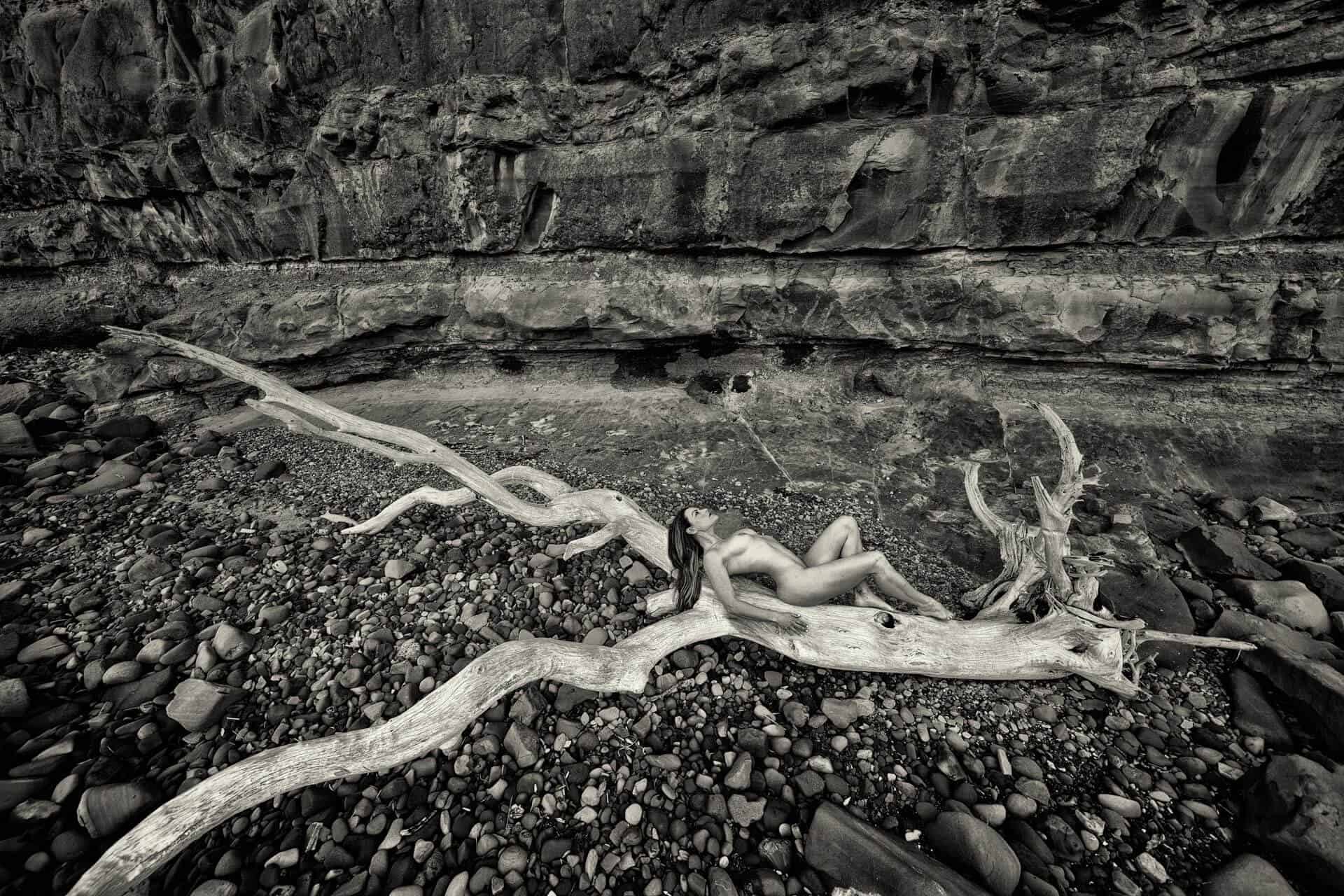
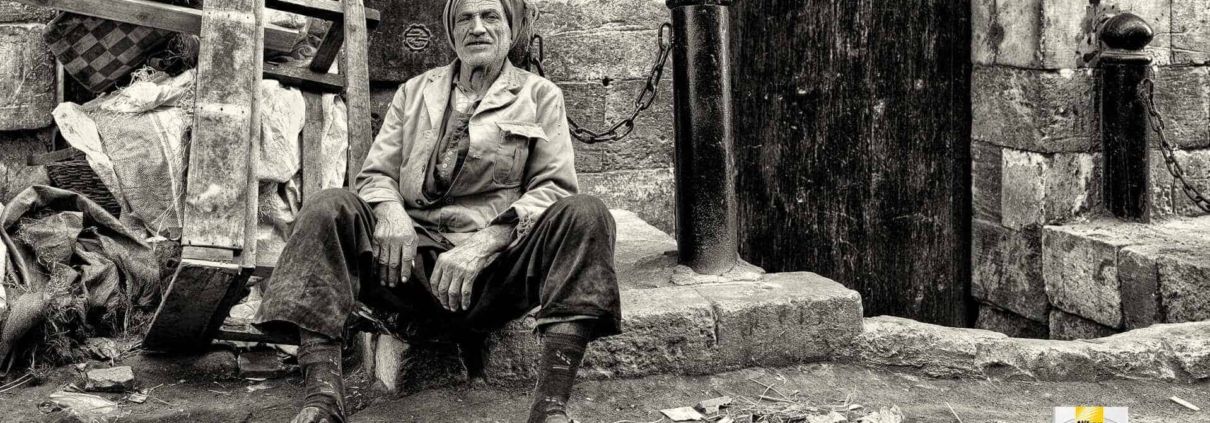 (c) Ilan Wittenberg
(c) Ilan Wittenberg
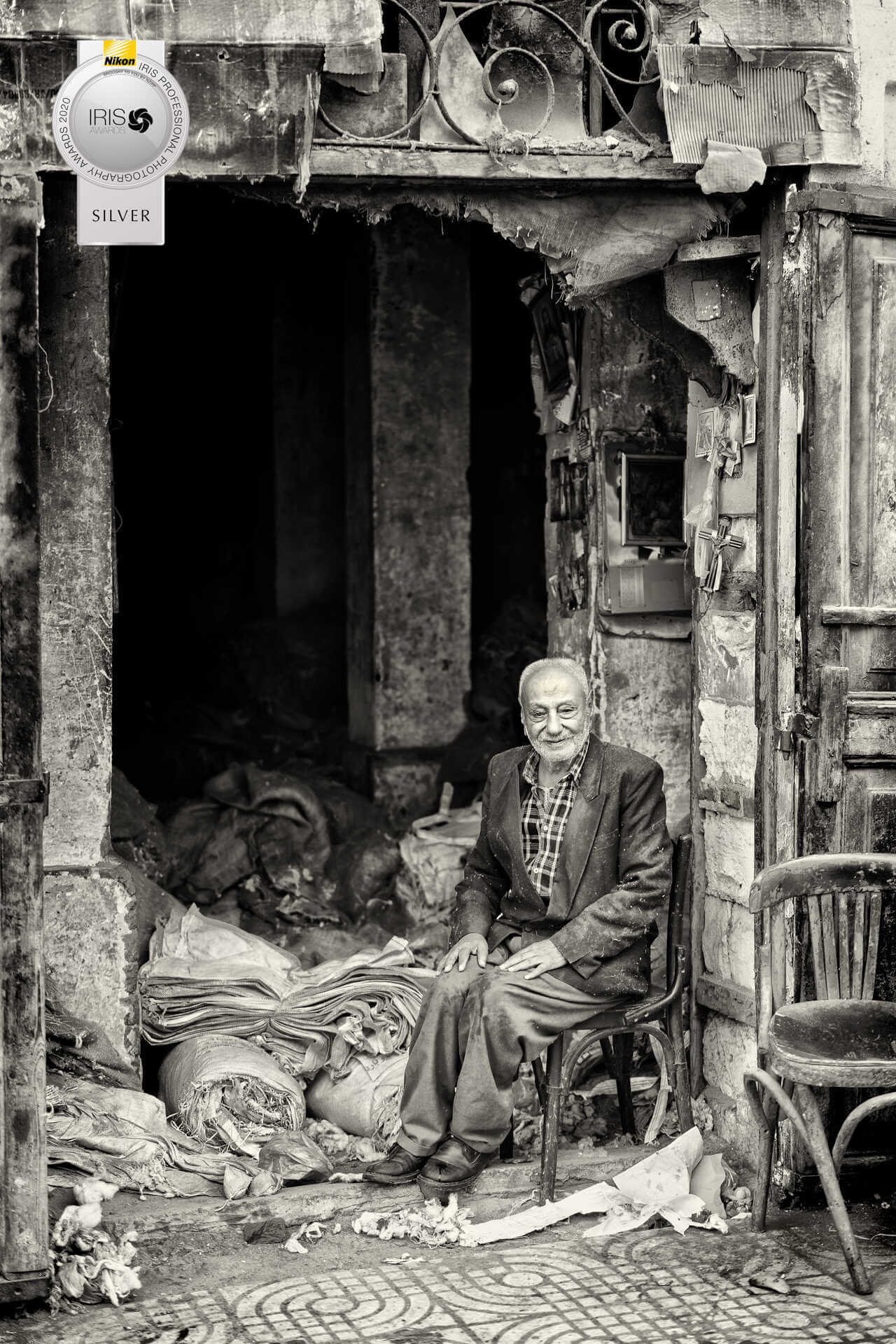
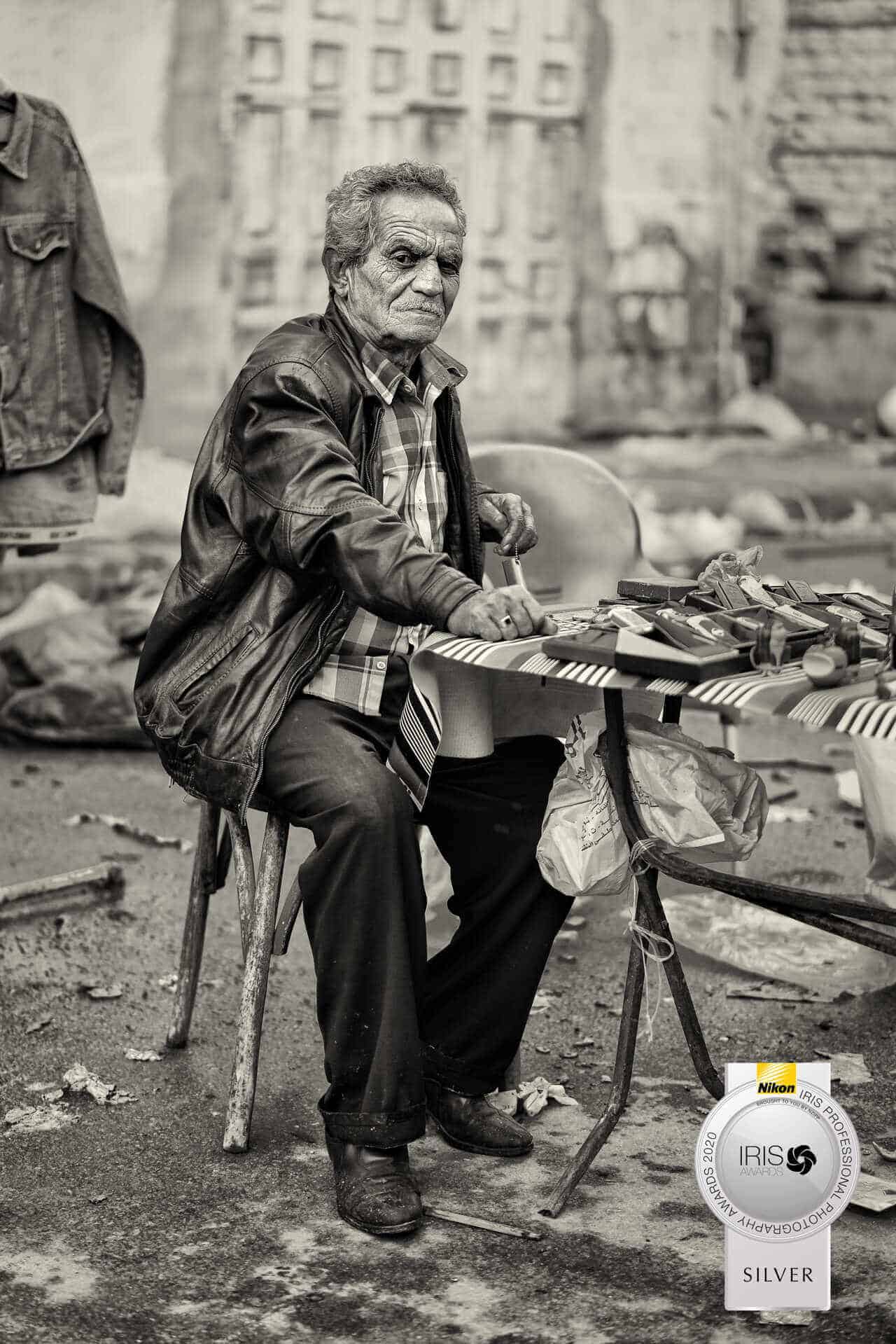
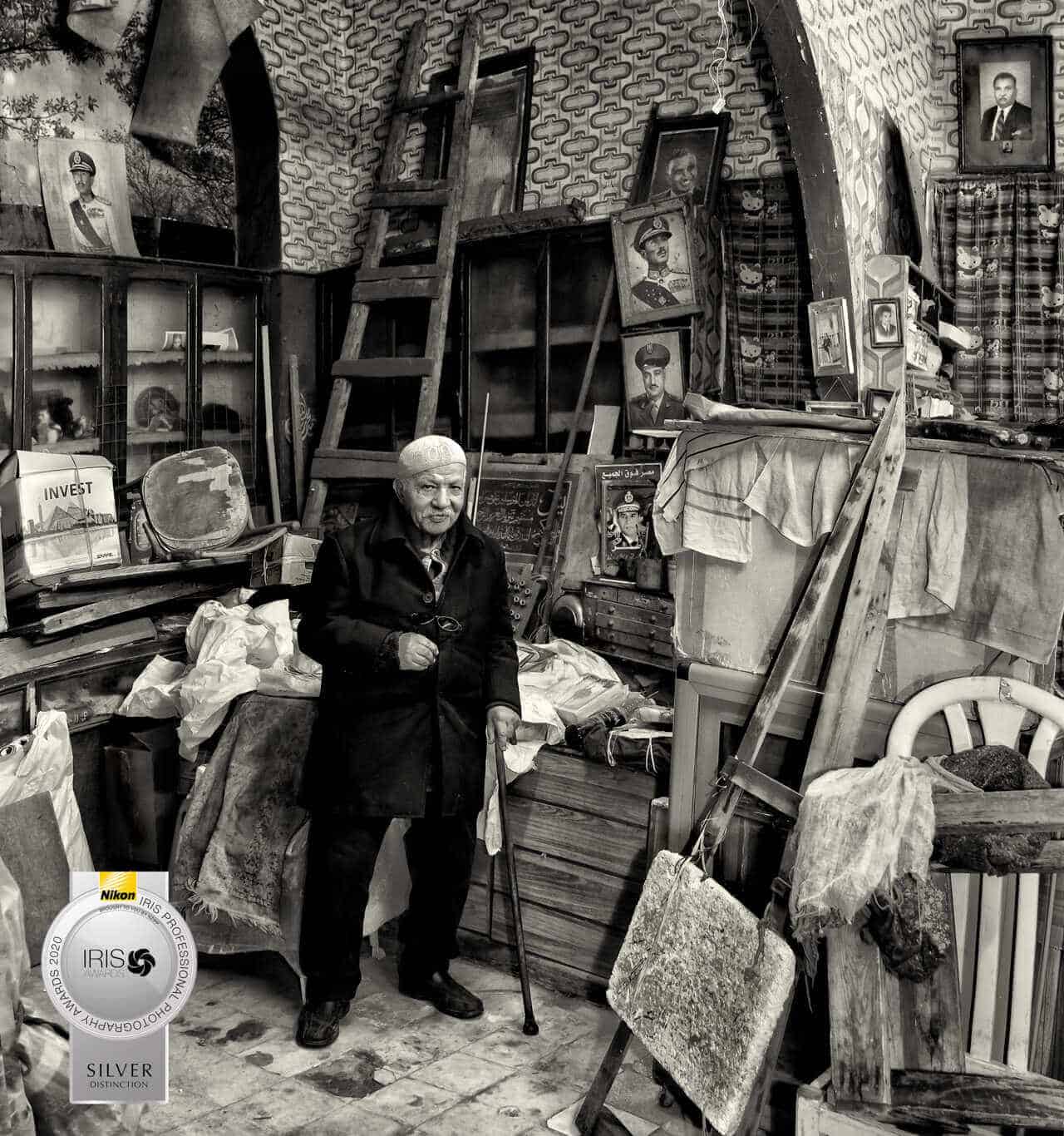
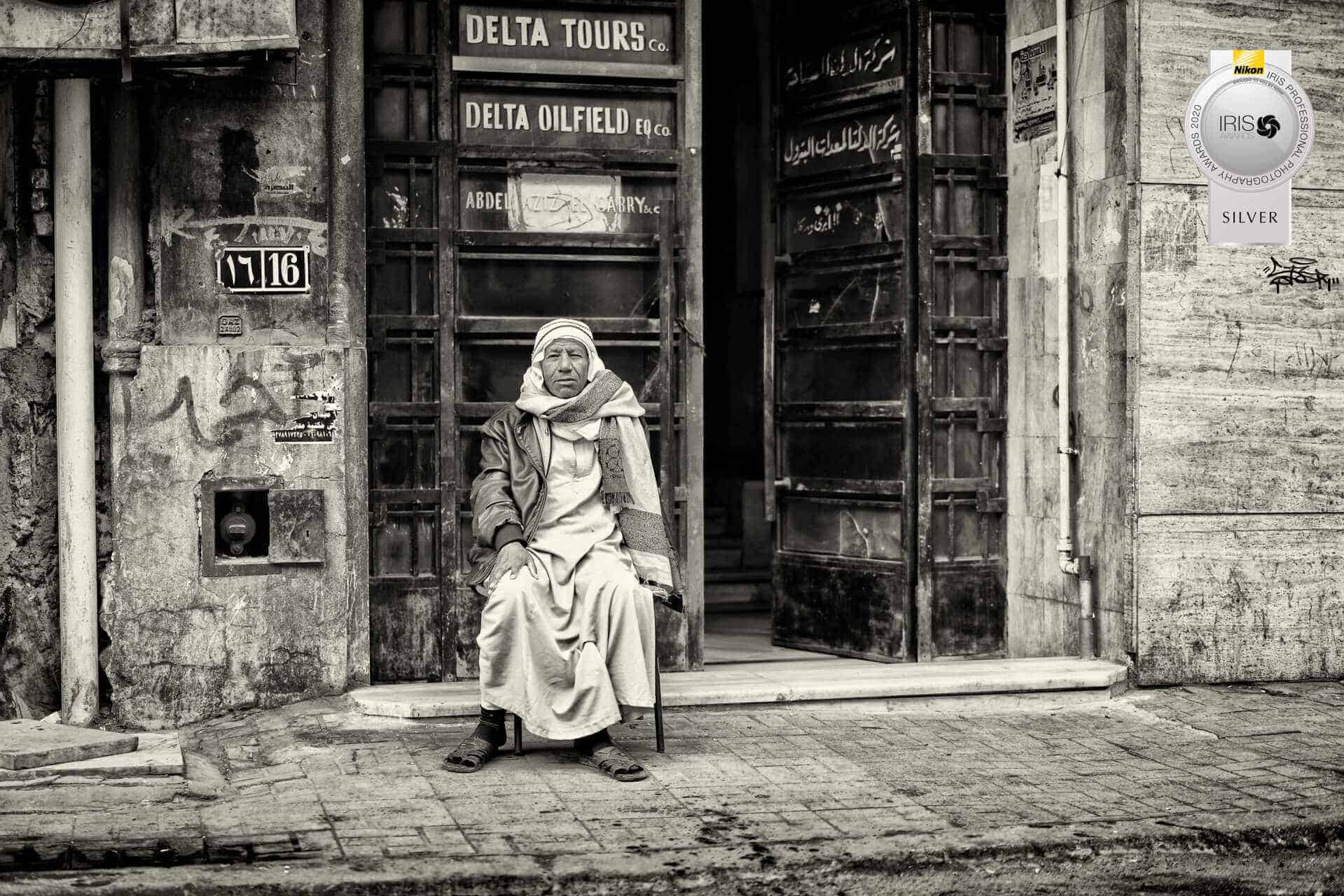

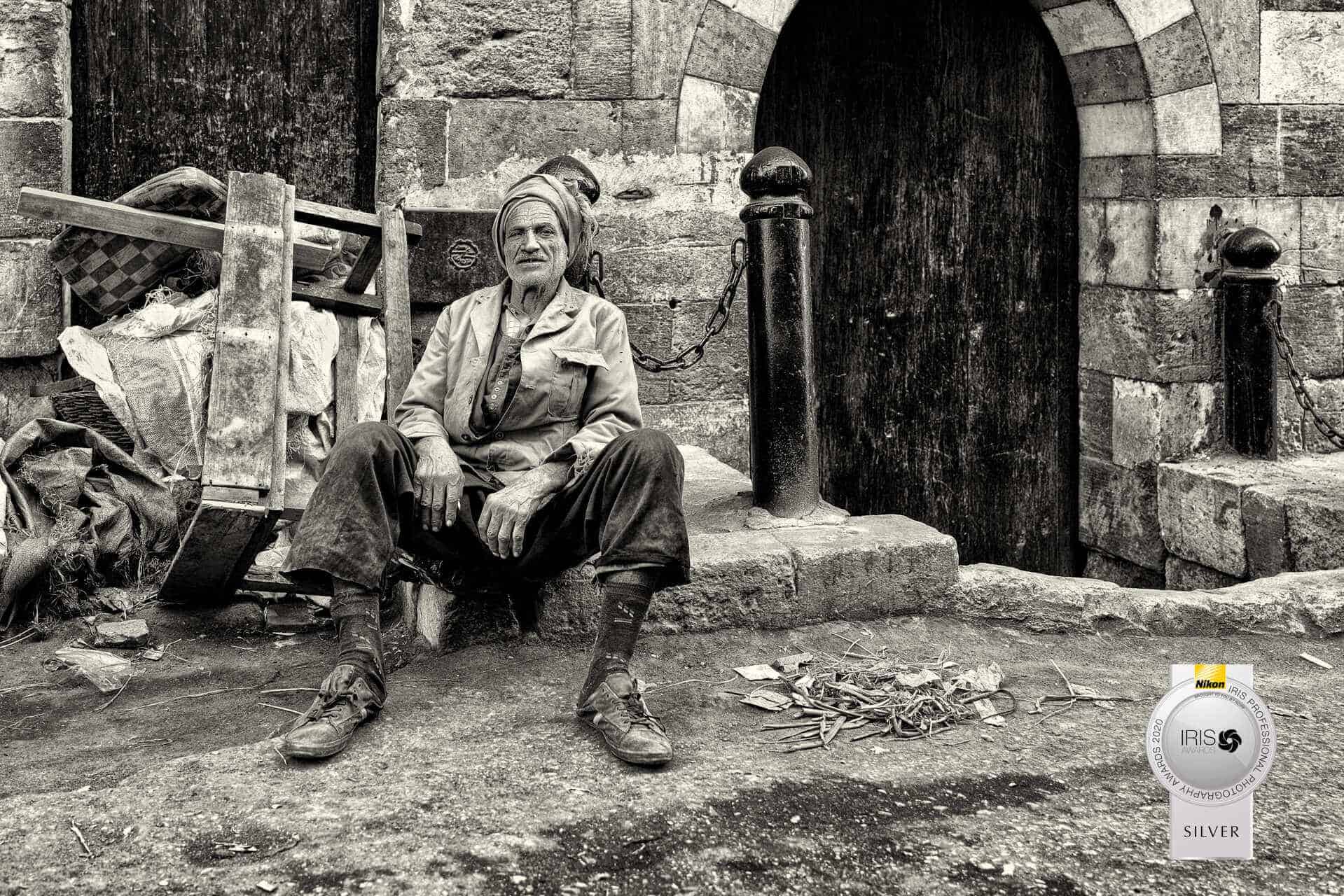
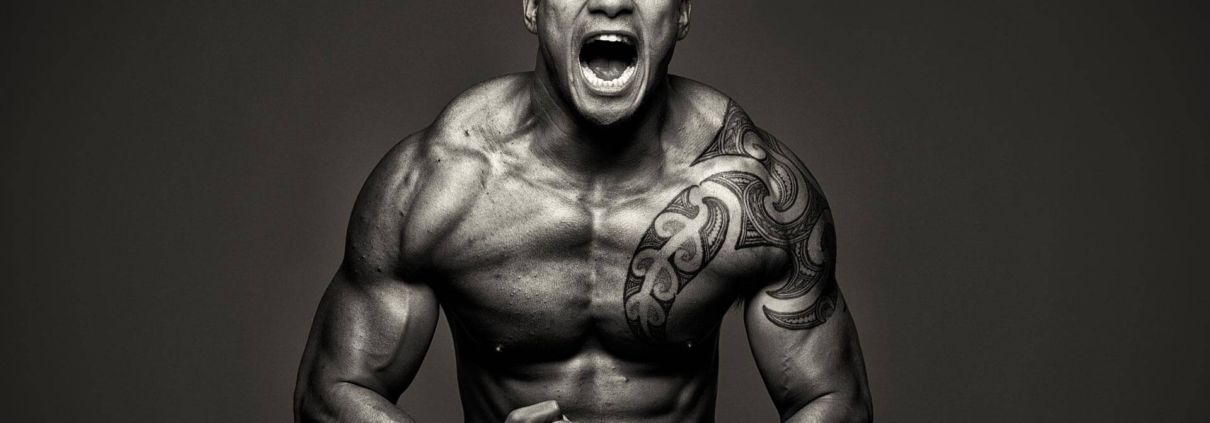 (c) Ilan Wittenberg
(c) Ilan Wittenberg